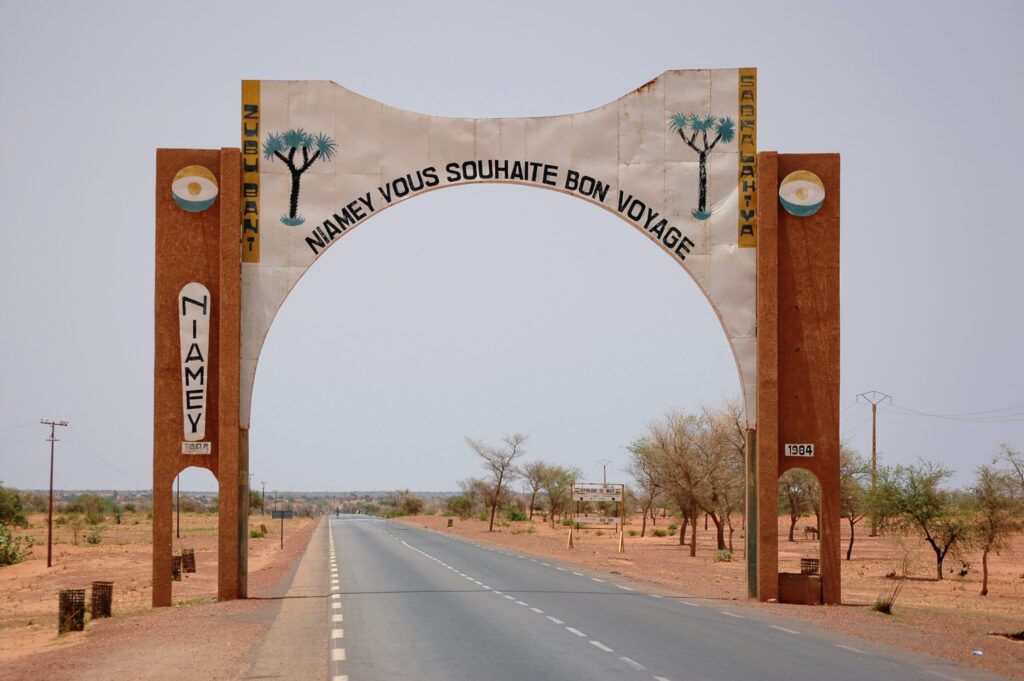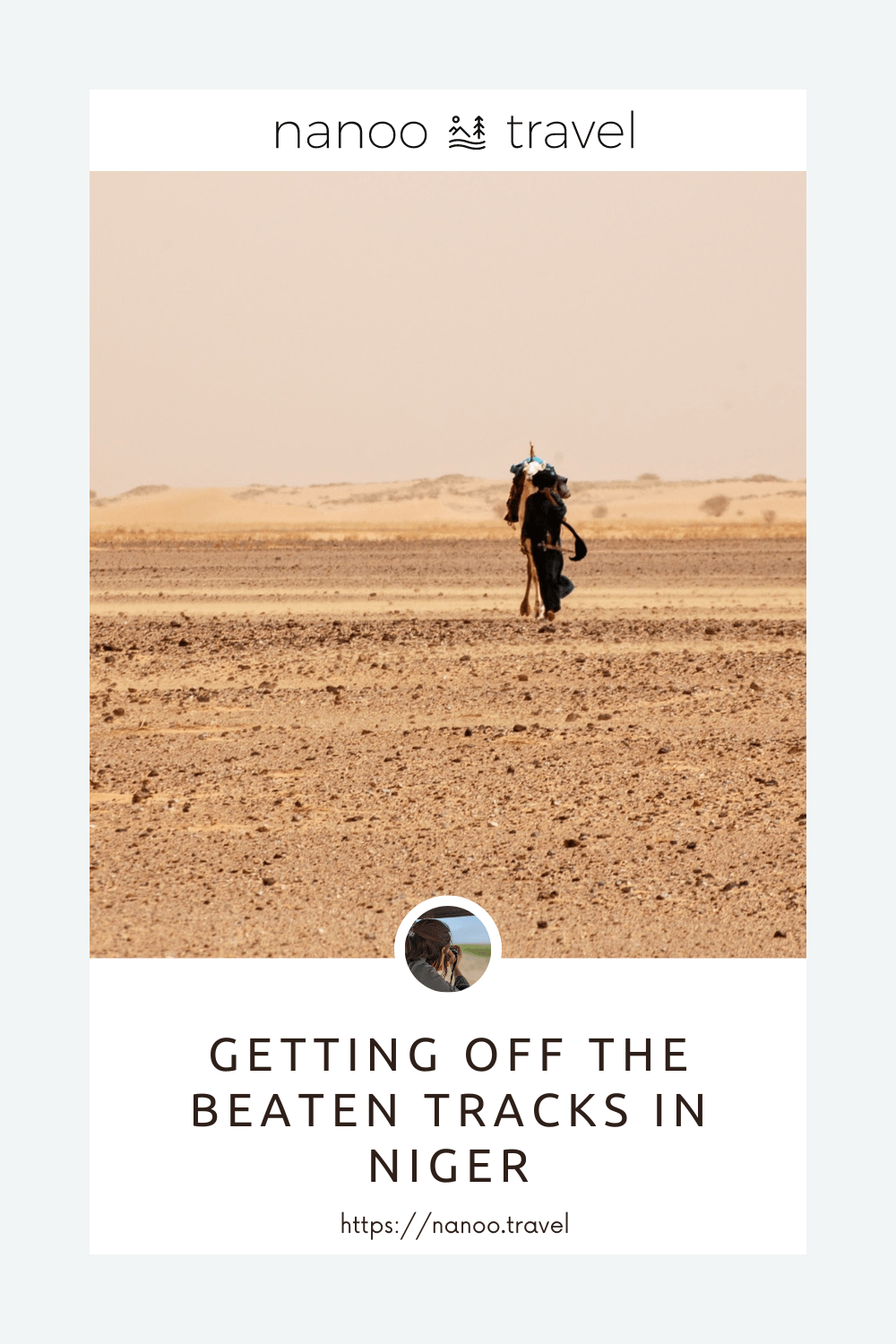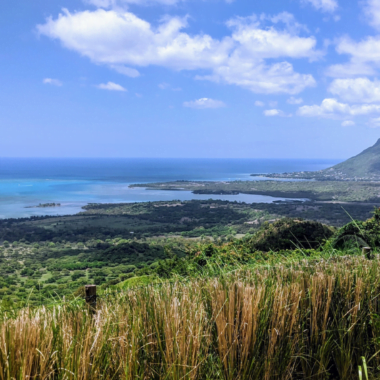To truly experience Niger, one must venture off the common paths and explore a country located between the North and South of the Sahara. This area has been a crossroads for various cultures for thousands of years. From the lush Niger Valley to the awe-inspiring Saharan dunes, Niger offers stunning landscapes and a raw, authentic experience. Here are five must-see destinations in this rugged country.
About Niger
Niger is a vast country twice the size of France, situated at the crossroads between North Africa and sub-Saharan Africa. French is the official language, but the population also speaks other languages such as Hausa, Zarma, Songhai, Tamasheq, and Fulani. The majority of the population practices the Muslim faith.
Despite being one of the most sparsely populated countries in West Africa, with only 20 million inhabitants in 2018, Niger faces significant challenges due to its largely desert terrain. The Sahara and Sahel cover 80% of the land, and the population is concentrated in the southern green strip to escape the desert’s encroachment, which expands by 200,000 hectares annually. Deforestation and poaching have endangered wildlife such as elephants, lions, and giraffes. The country’s limited water reserves, frequent droughts, and increasing deforestation also threaten its existence.
The country’s limited water reserves, frequent droughts, and increasing deforestation also threaten its existence.
Niger experiences a Sahelian and Saharan climate, with temperatures averaging around 30°C but can exceed 50°C between March and June. The country has two seasons, dry and wet. The rainy season starts in June and can last until October, accompanied by a south-westerly flow that brings sandstorms, showers, and thunderstorms. From November to February, the harmattan, a dry north-easterly wind heavily laden with dust, blows, sometimes reducing visibility.
Niger gained independence in 1960 after being a French colony. The country experienced several coups and military rule before becoming a democratic and multiparty republic with a semi-presidential regime. However, the region of Tillabéri, located in the “three borders” zone between Niger, Burkina Faso, and Mali, has been plagued by terrorist attacks that have killed hundreds. A state of emergency has been in place since 2017.
The country’s economy is primarily based on agriculture and uranium mining. However, agricultural production struggles due to years of drought and locust invasions, making it challenging to keep up with the population’s sharp increase. Over 10 million people, or 41.8% of the population, live in extreme poverty. Tourism is not well developed due to insufficient infrastructure, and desert treks suffer from insecurity linked to the presence of terrorist groups. Despite its biological richness and diverse landscapes, W National Park struggles to compete with parks in Kenya and Tanzania.
Niamey, gateway to the Sahara
Niamey is the capital of Niger and is located on the Niger River, serving as the gateway to the Sahel. It is a bustling city with a population of 1,802,910 inhabitants in 2018 and is a commercial and industrial hub.
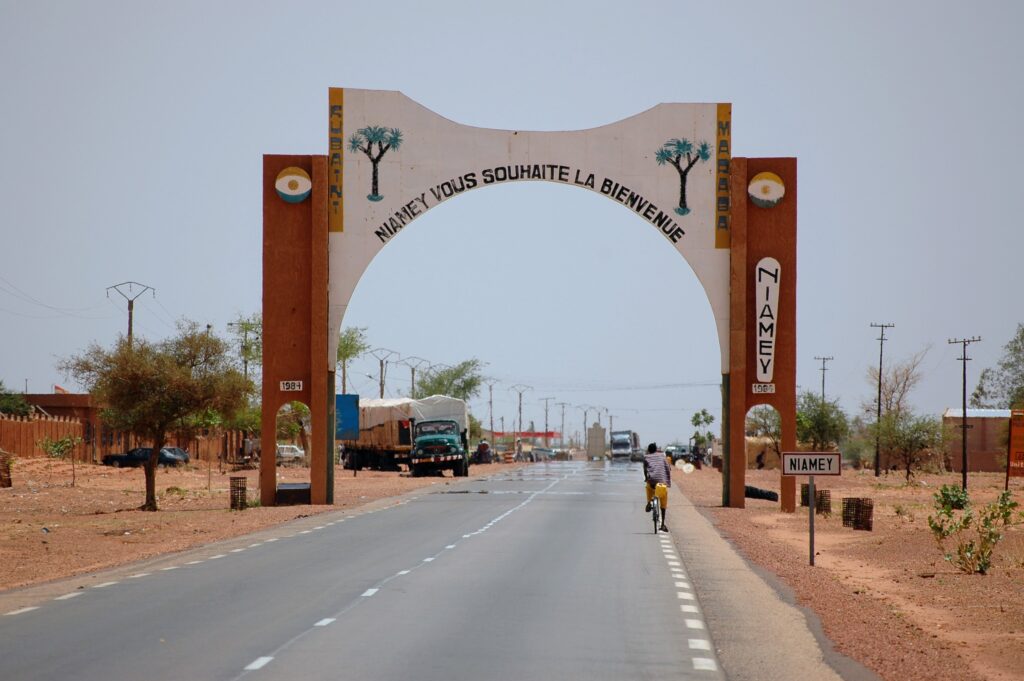
Despite its development, it has a quiet and charming atmosphere that is different from other African capitals. Its large market, rebuilt in 1980 after a fire, is one of the most impressive in West Africa.
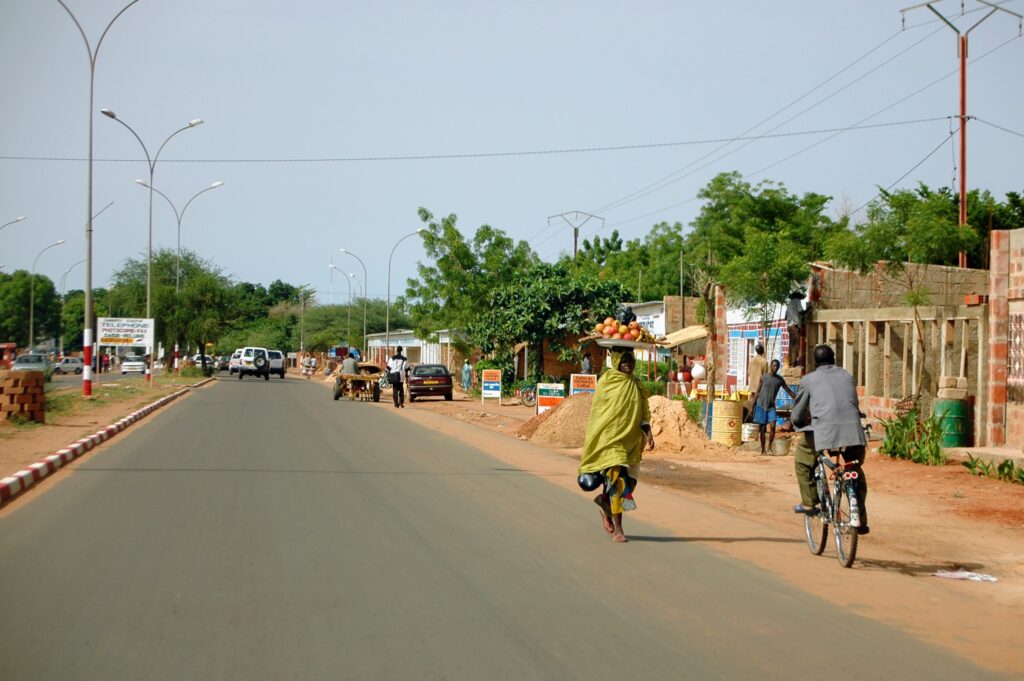

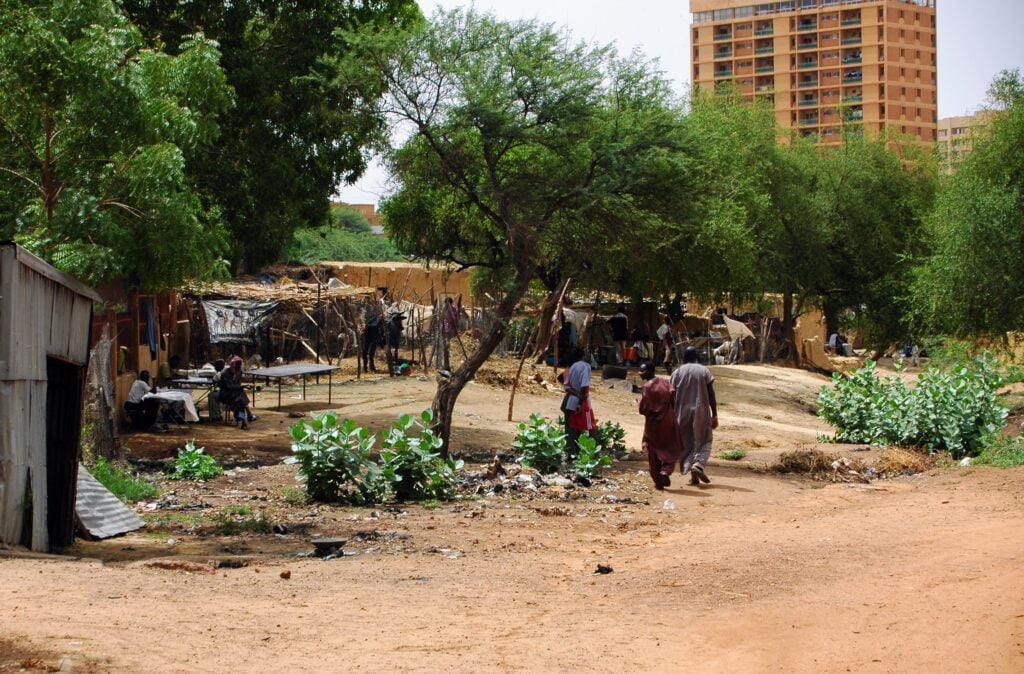
The Boubou-Hama National Museum is also located in Niamey, offering a zoological park, crafts center, and ethnographic and archaeological collections. Visitors can purchase souvenirs from over a hundred skilled craftsmen who specialize in sculpture, jewelry, leather goods, weaving, and pottery.
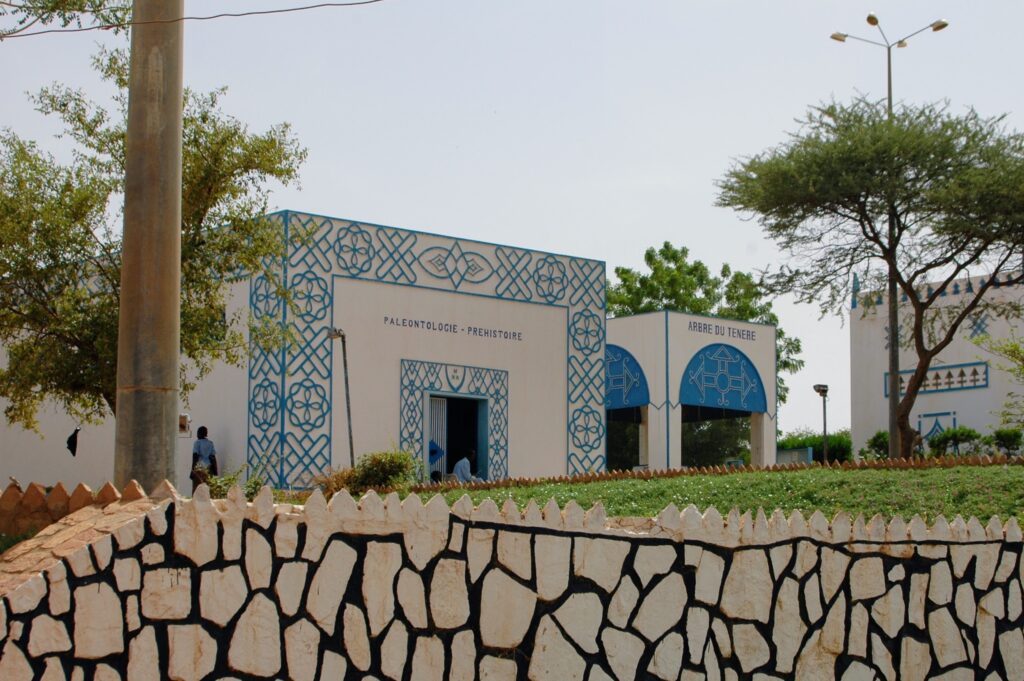
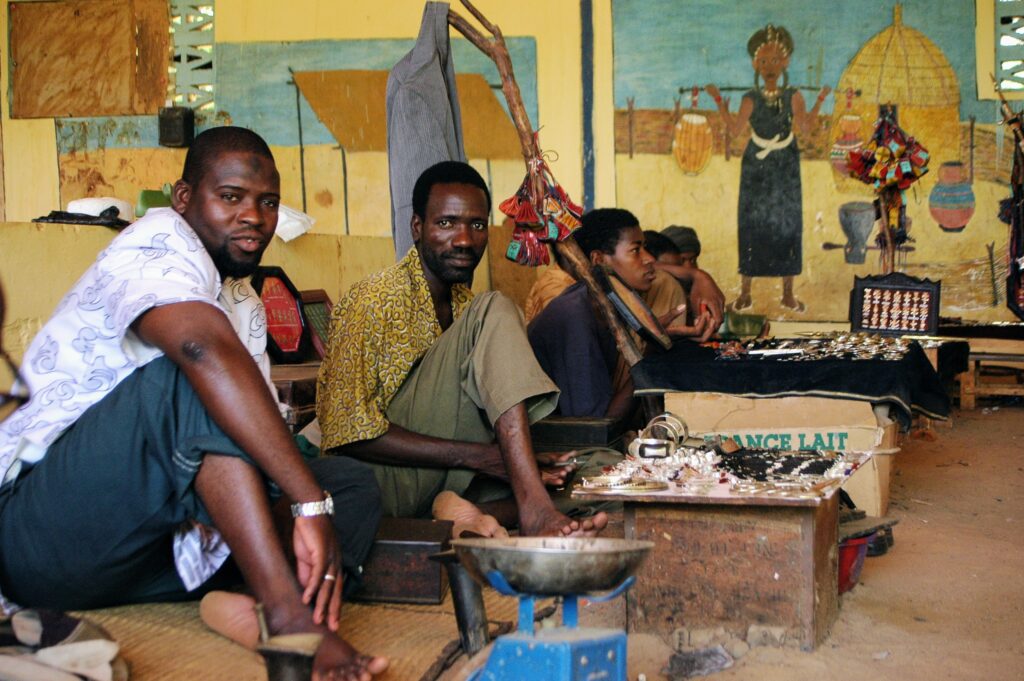
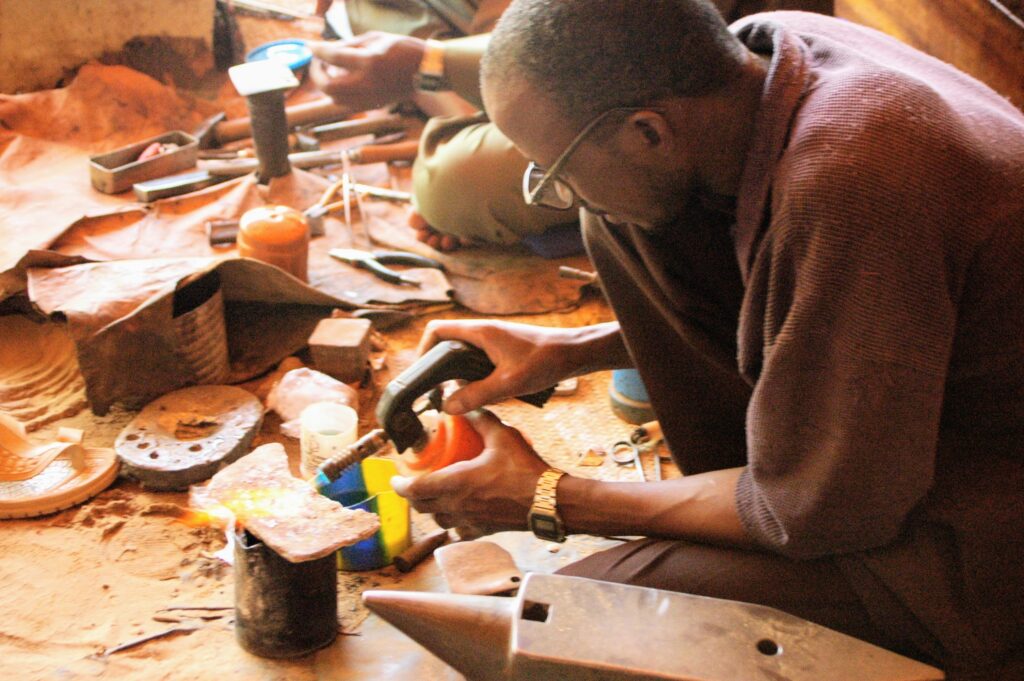
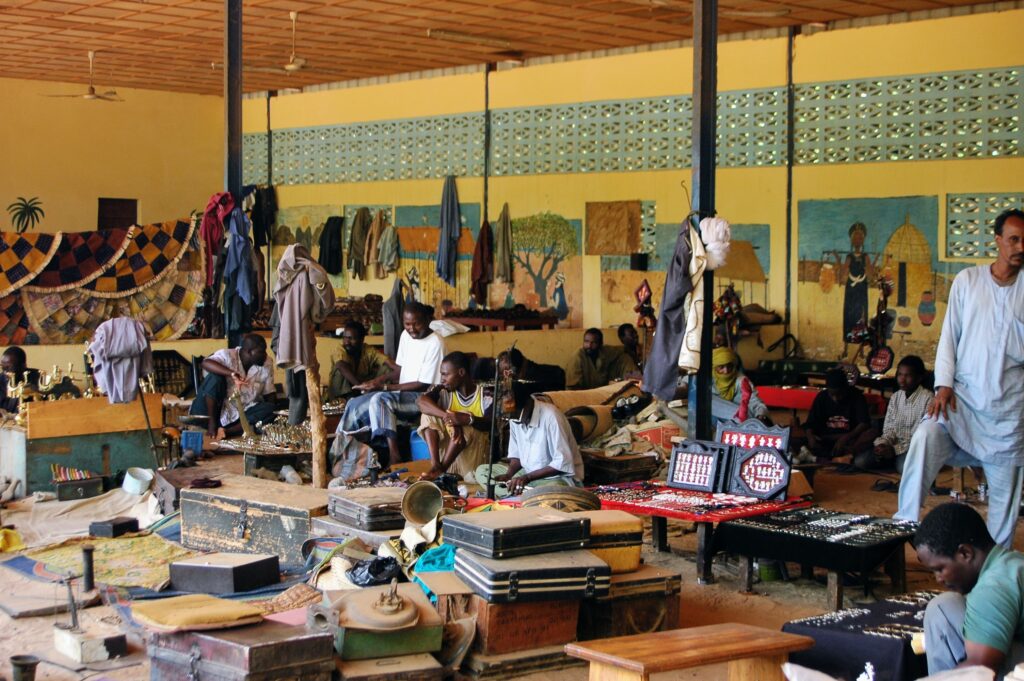
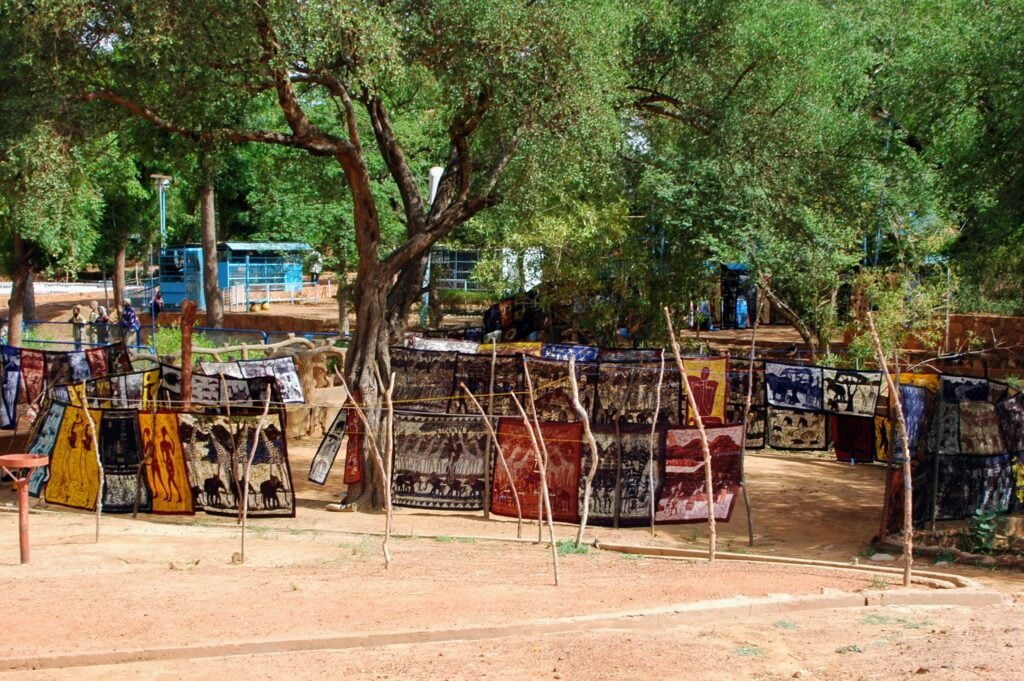
A few kilometers from Niamey, there are the sand dunes of Kareygorou and temporary waterways called koris, which are perfect for a relaxing picnic or a sunset drink.
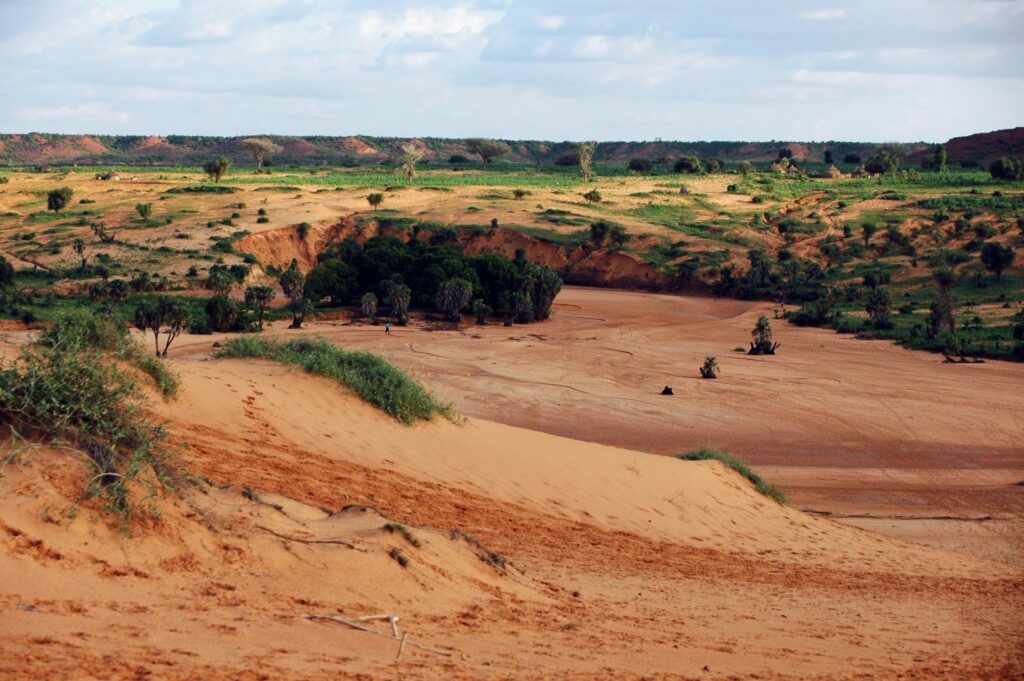
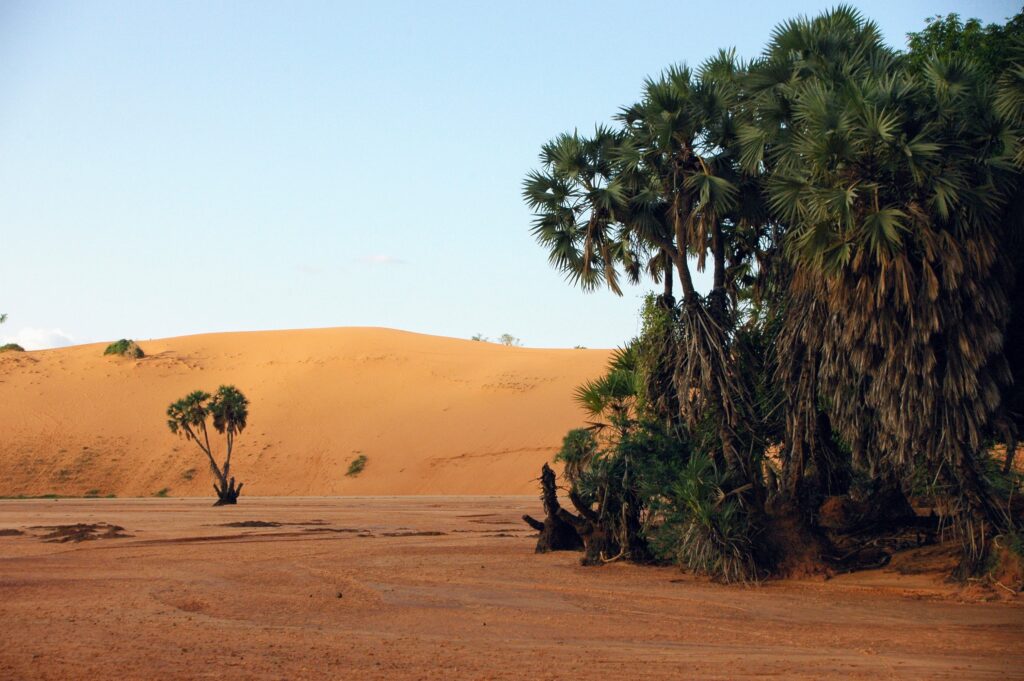

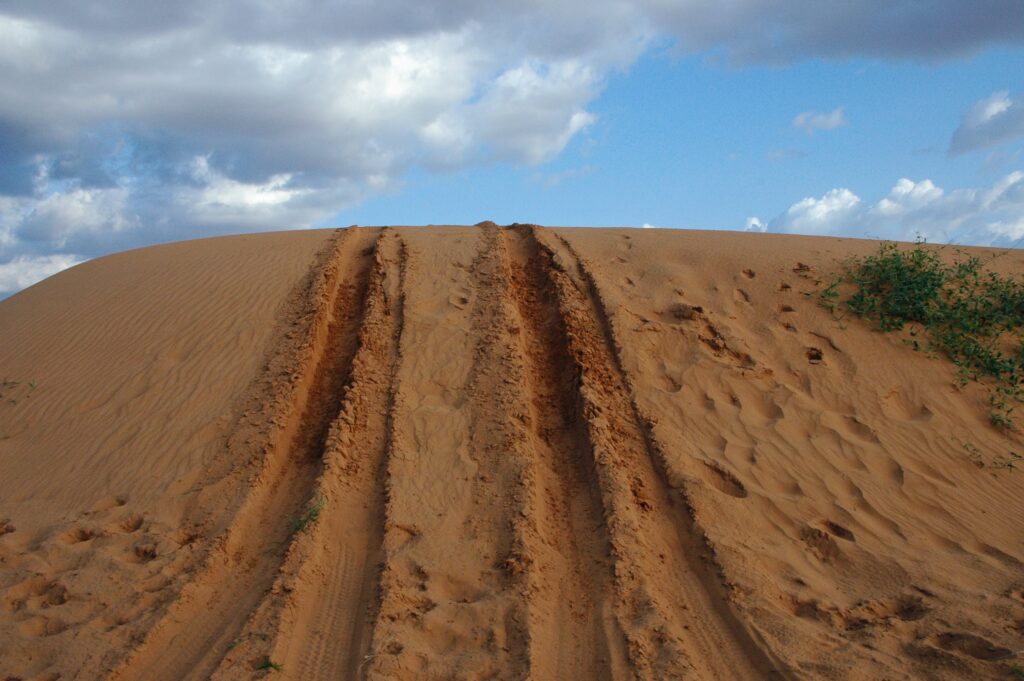
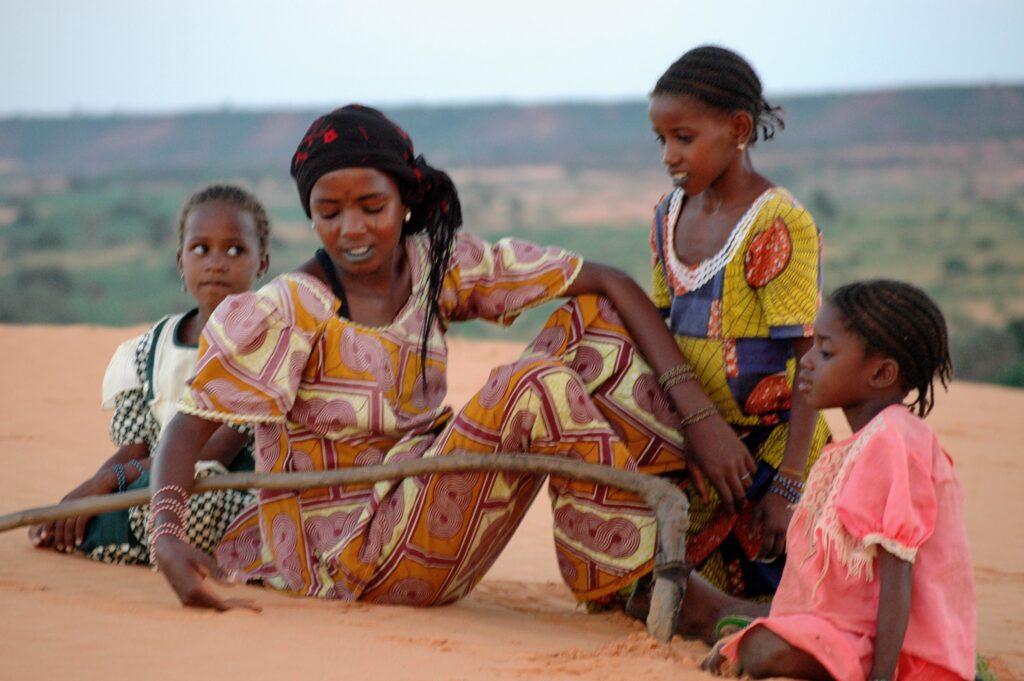
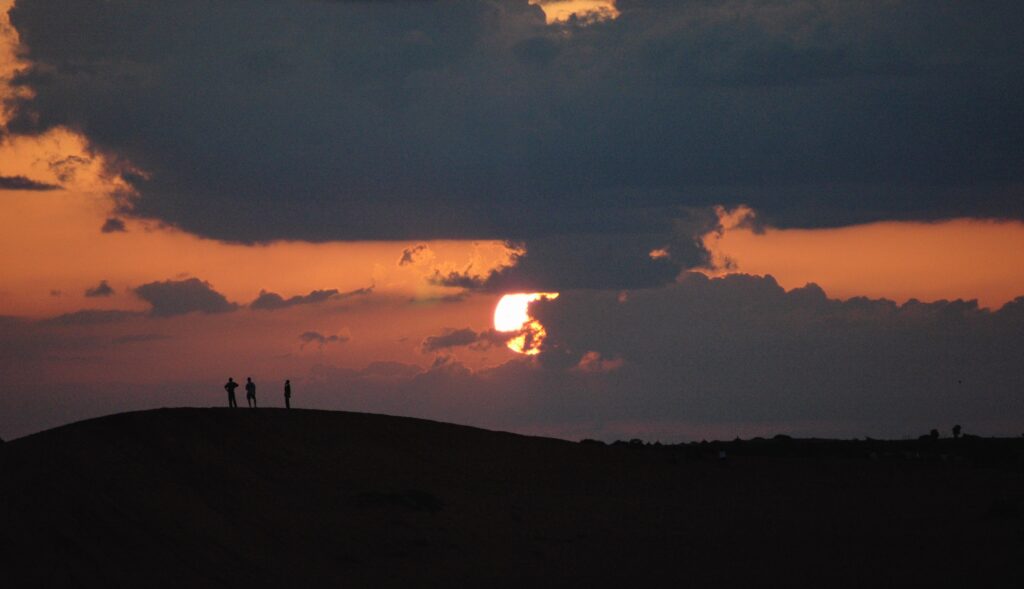
Kouré, refuge of the last giraffes in West Africa
The Kouré Giraffe Reserve is located about fifty kilometers east of Niamey and is the last refuge of the Giraffa camelopardalis peralta, an endemic species.
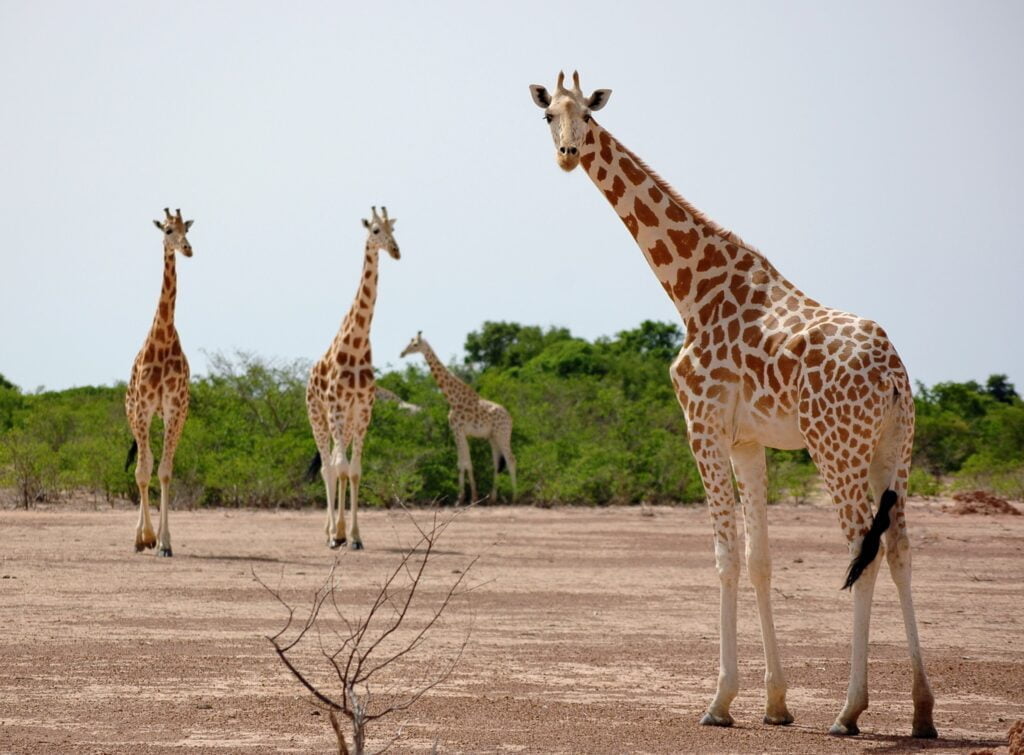
These giraffes with almost white spots fled from poachers and predators and found refuge in the bush of Kouré. In 1996, there were only 49 giraffes left, but since 2001, the Association for the Safeguarding of Giraffes in Niger has been working with local communities to preserve and protect them. In 2021, there were 904 giraffes in the reserve.
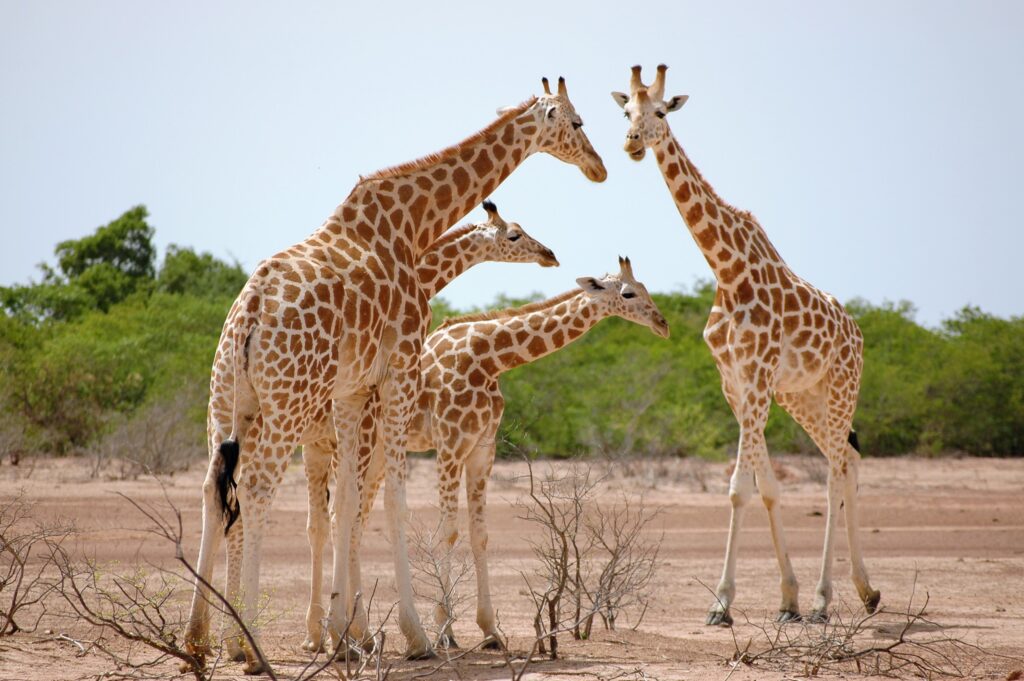
However, the fast-growing desert, the conquest of new agricultural land, and terrorist attacks have necessitated the relocation of some of the giraffes to the Maradi region.
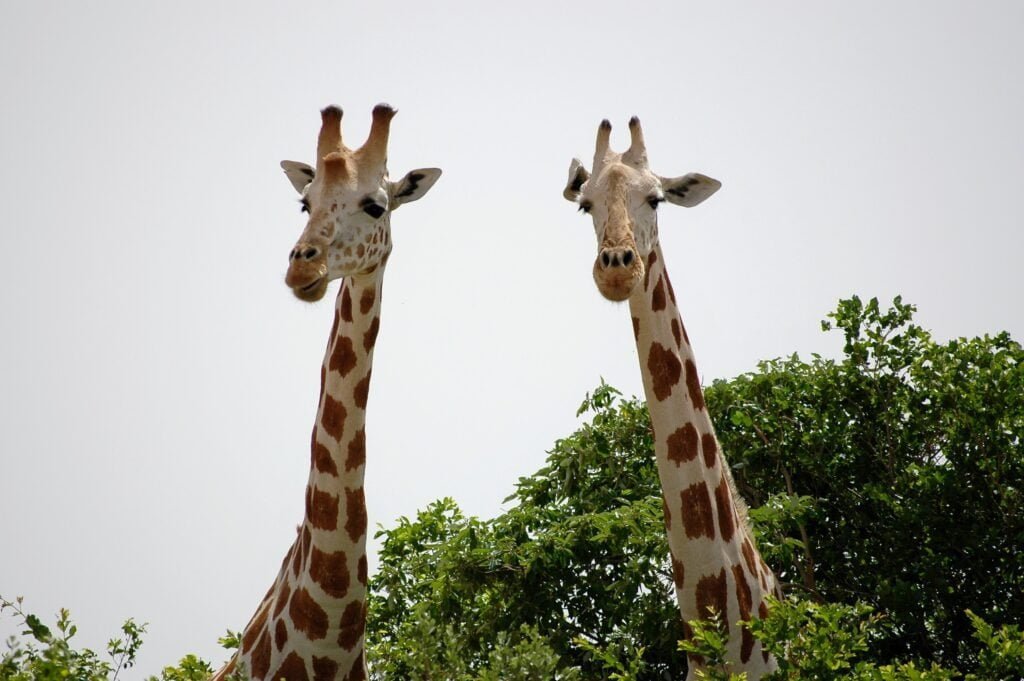
Seeing the giraffes in Kouré is an unforgettable experience, and visitors can observe them up close and personal.
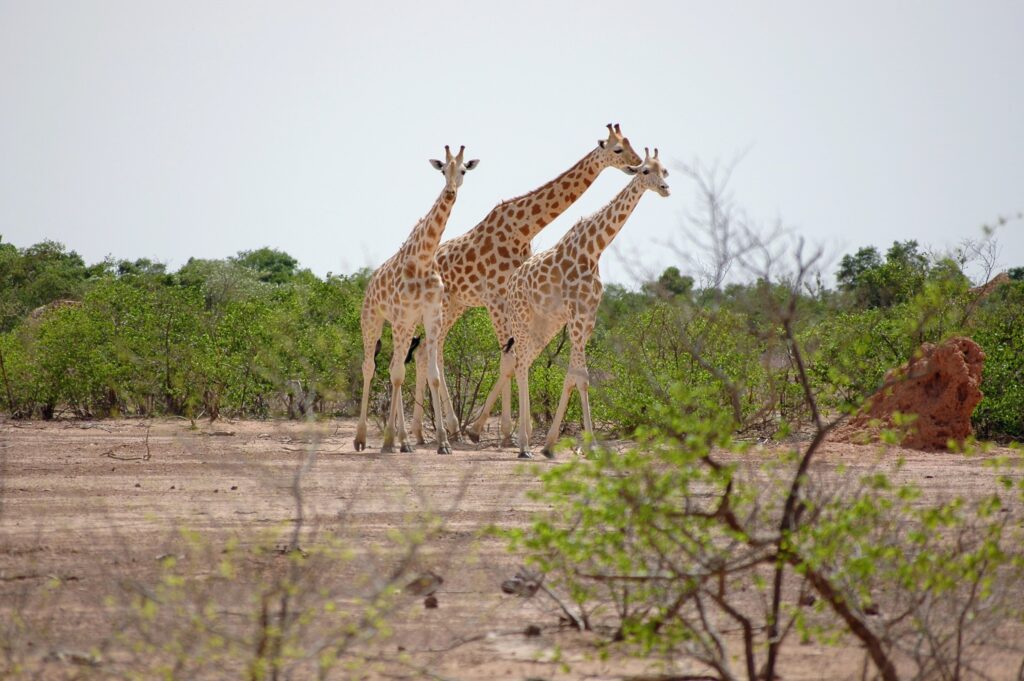
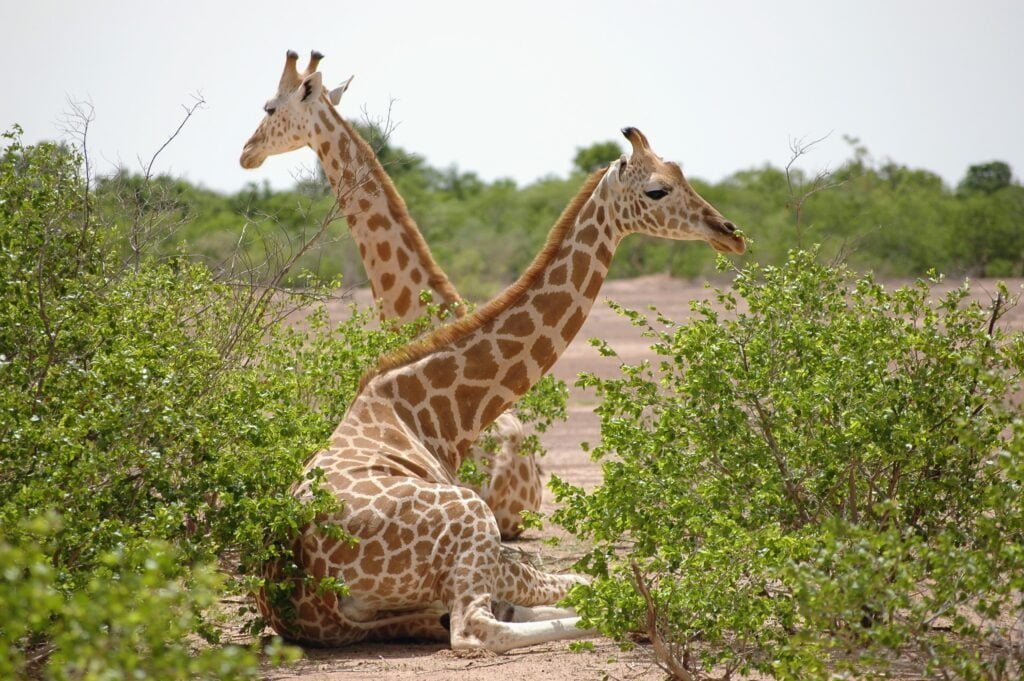
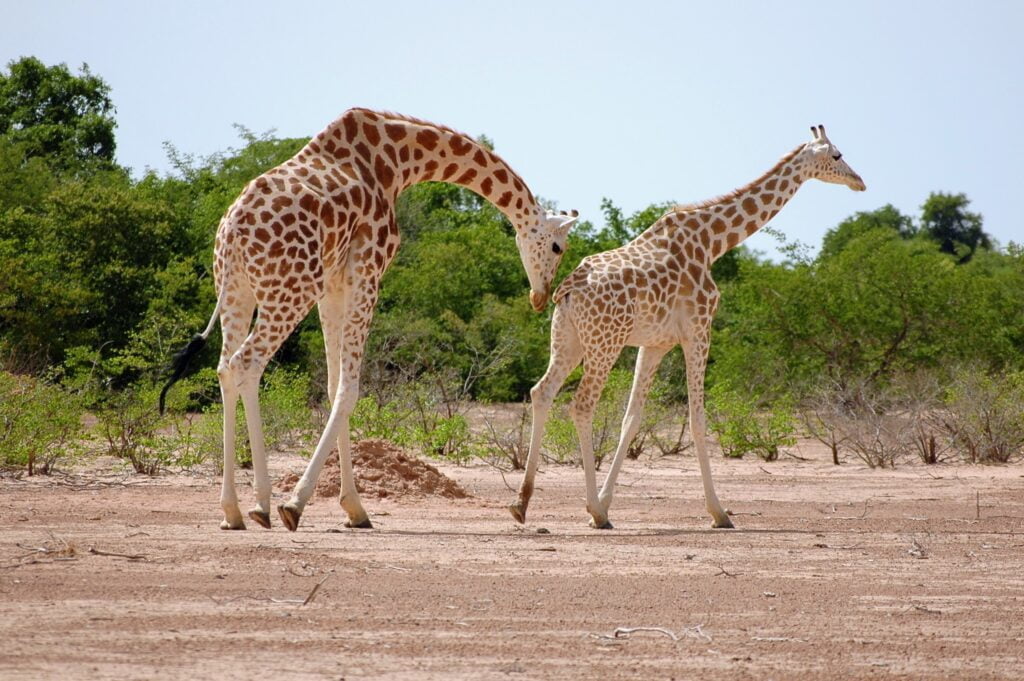
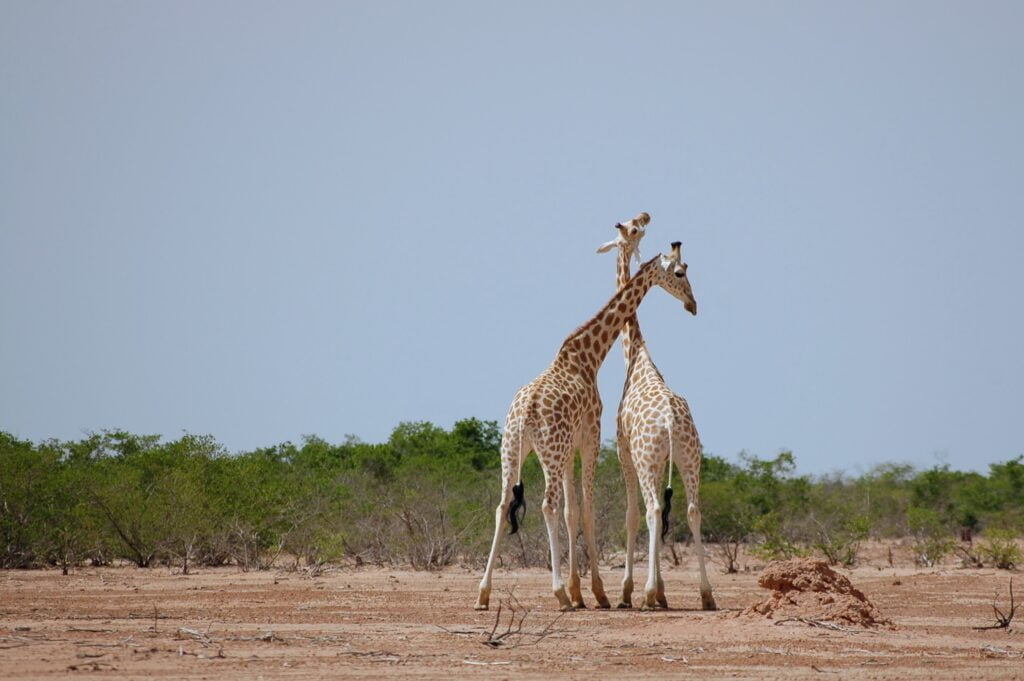
Boubon, its market, and its canoes
Boubon is a picturesque village located 25 kilometers from Niamey, known for its hand-decorated terracotta pottery (canaris). Every Wednesday, a market is held where people can barter with locals or purchase meat at a lower cost.
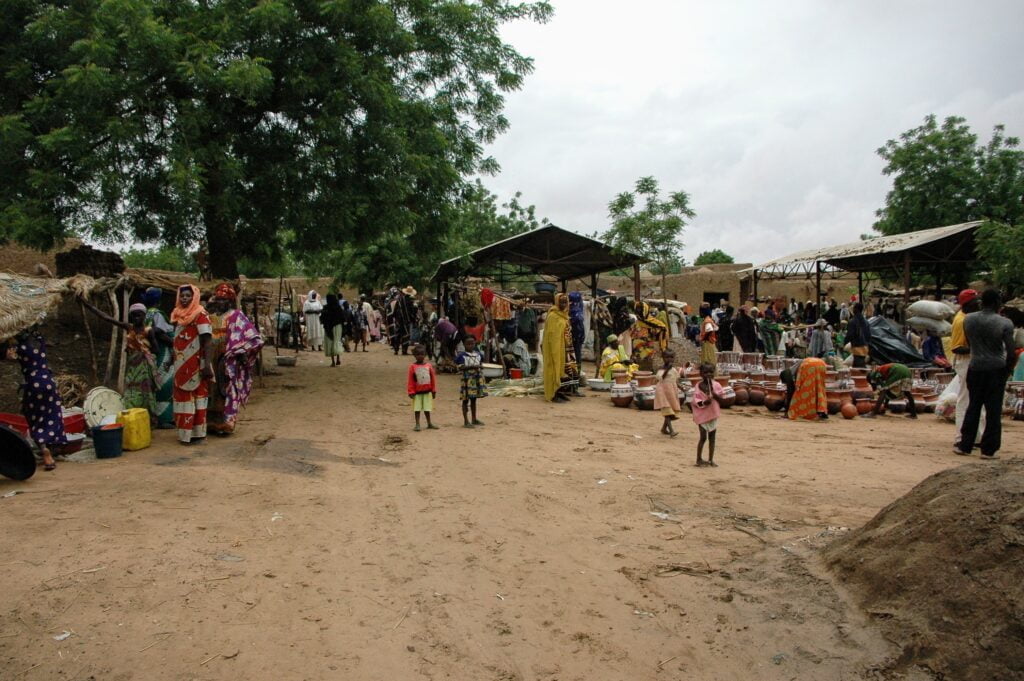
Visitors can also take a canoe to see the fishermen in the area and observe sleeping hippos in the distance but must be careful as their reactions can be unpredictable.
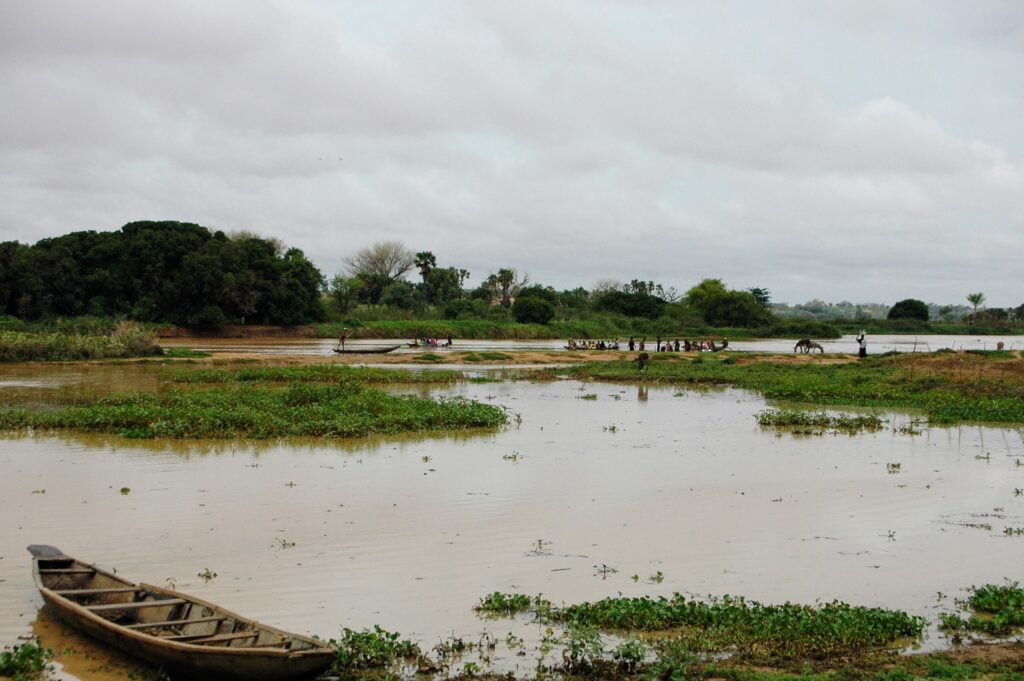
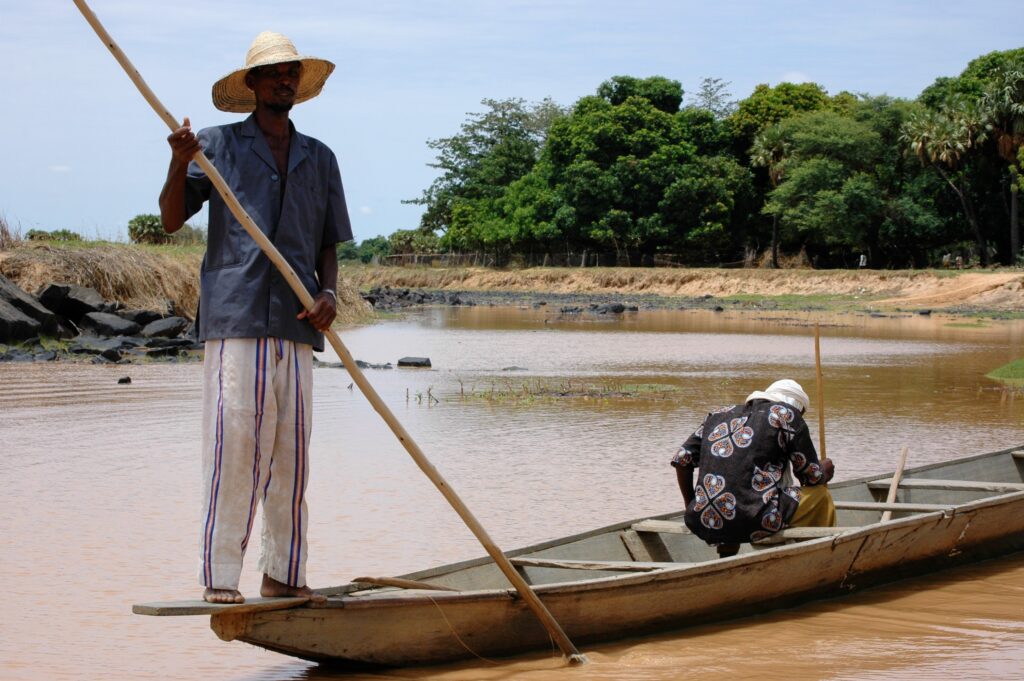
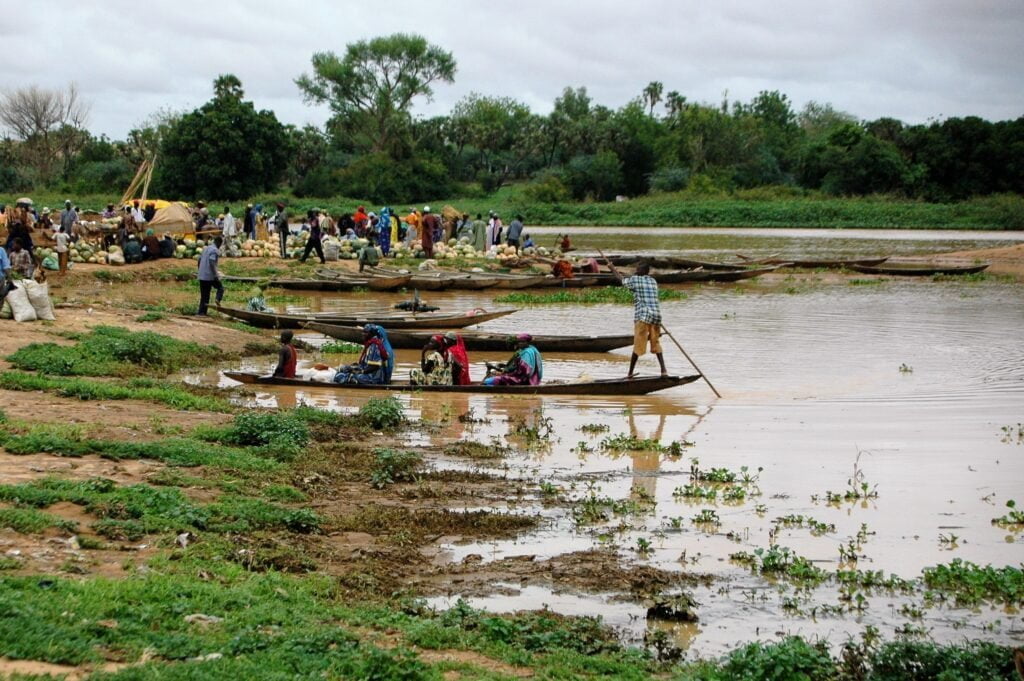
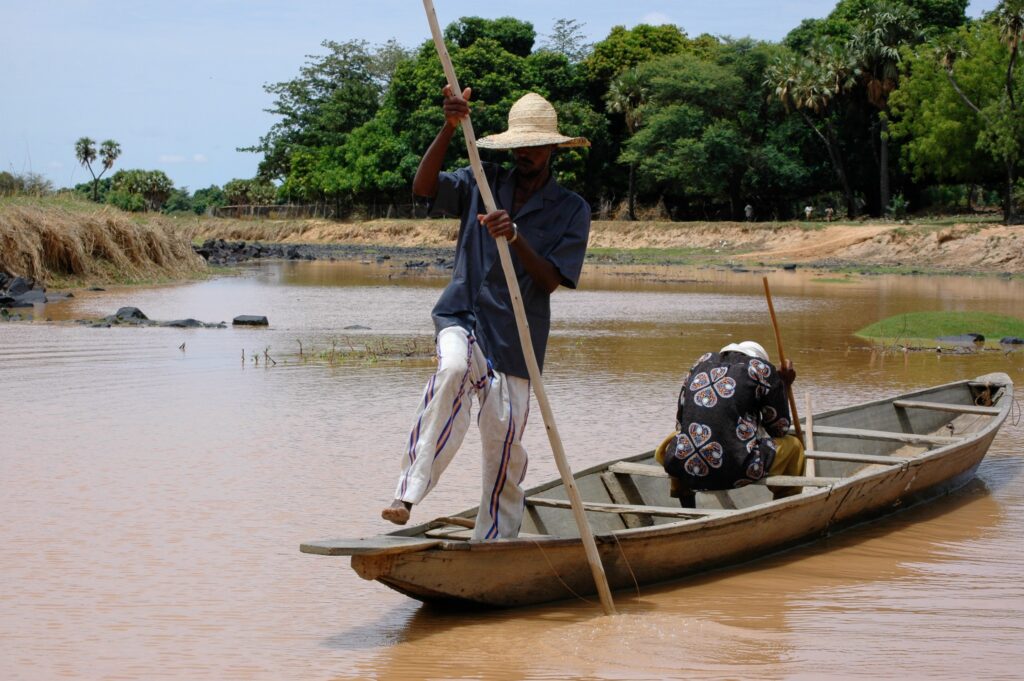
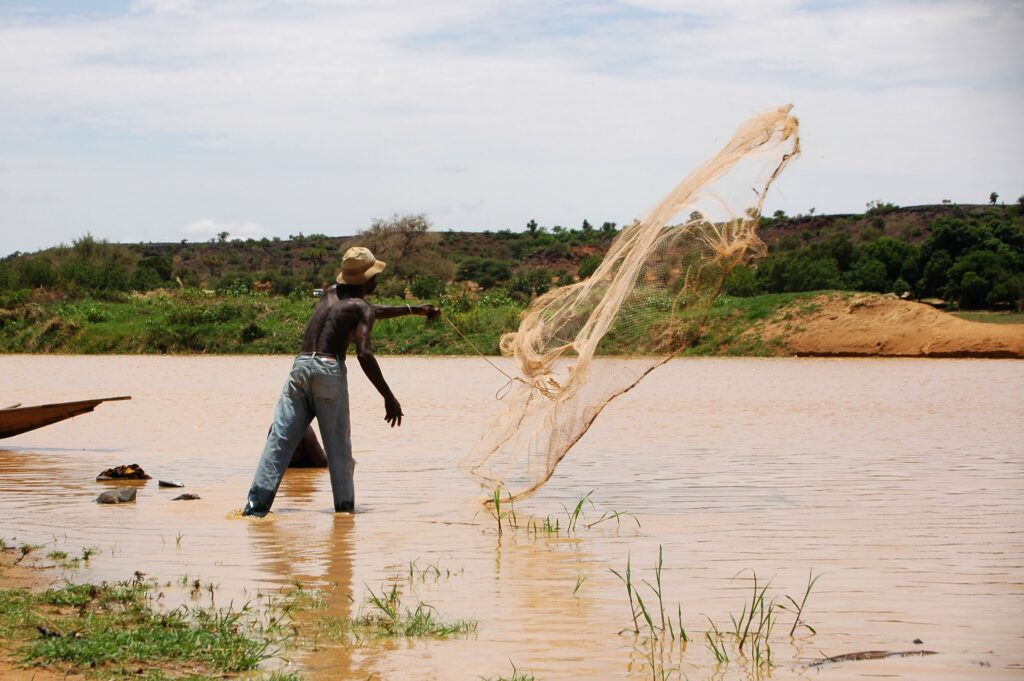
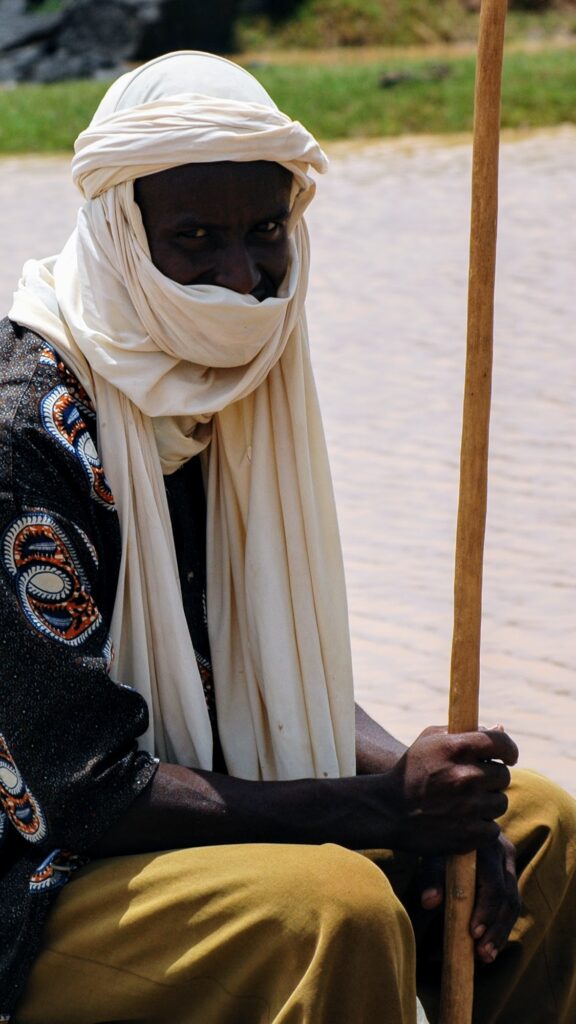

Agadez, the forgotten pearl of the desert
Agadez, a city at the crossroads of black Africa and the Maghreb, is a former caravan city and a major crossroads for trans-Saharan trading activities. It has experienced its golden age over the last ten centuries. Despite being classified as a high-risk zone due to terrorist threats and migratory crises that scare away tourists, Agadez was listed as a UNESCO World Heritage Site in 2013.
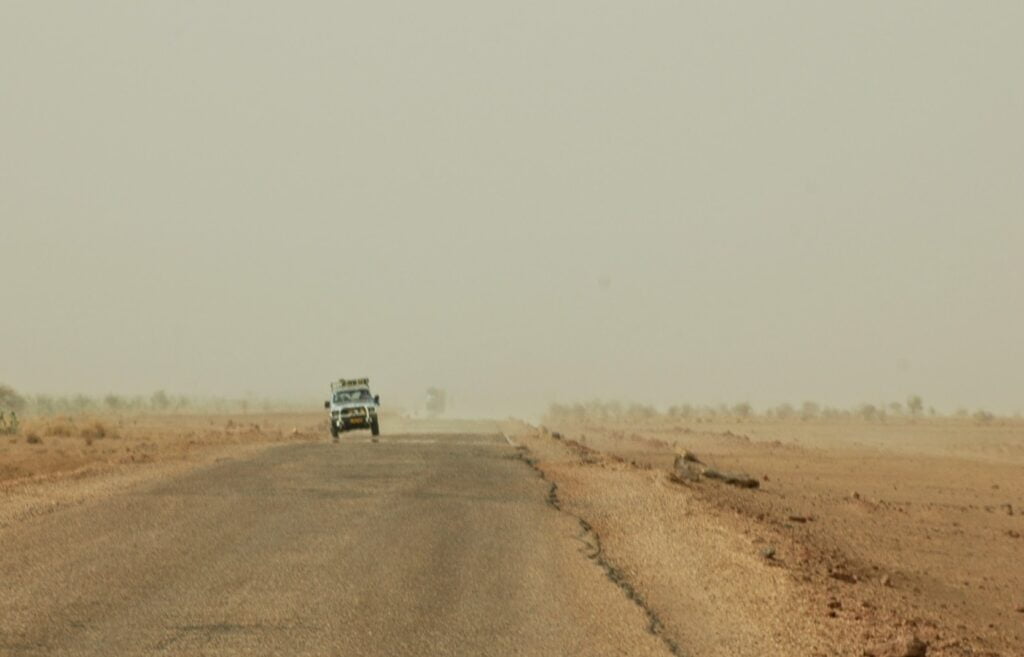
The city is distinguished by perfectly preserved Sudanese architecture with ocher-colored banco (sun-dried earth) houses and a magnificent mosque built in 1515. Its minaret, bristling with palm piles, culminates at 27 meters high.
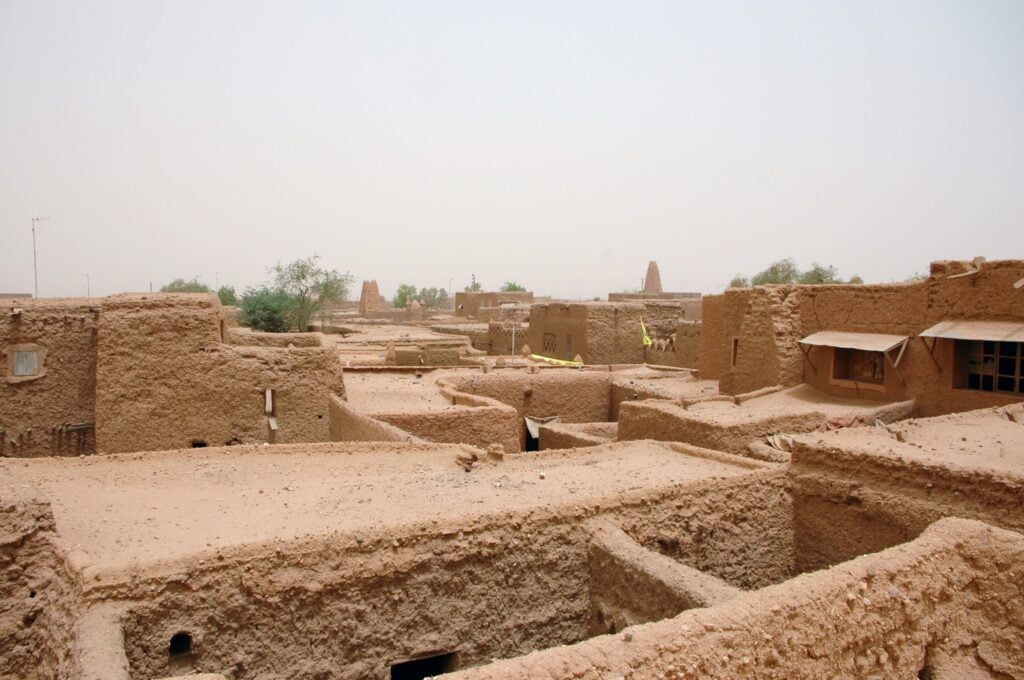
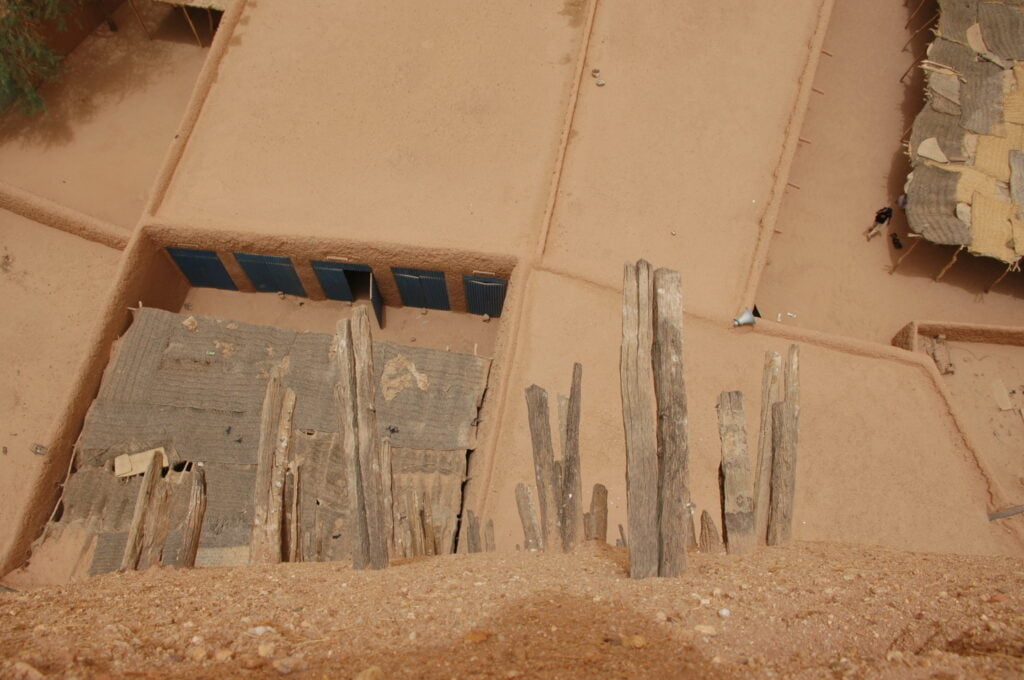
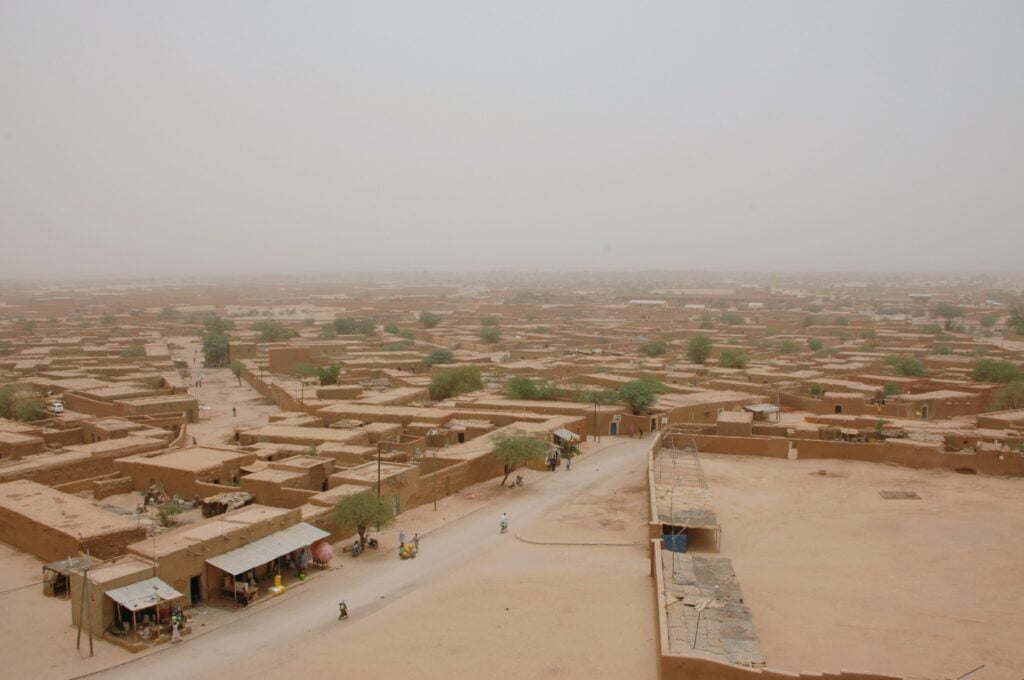
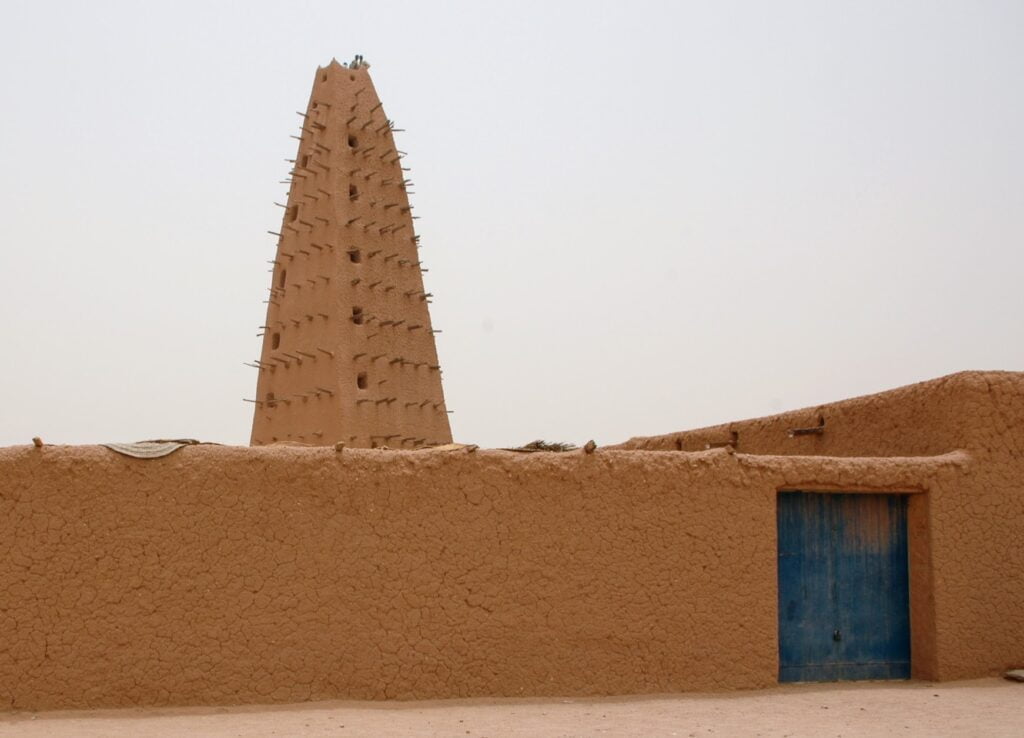
The Imourdan district is home to the house where Heinrich Barth lived, a German explorer who was the first Christian to visit Agadez.
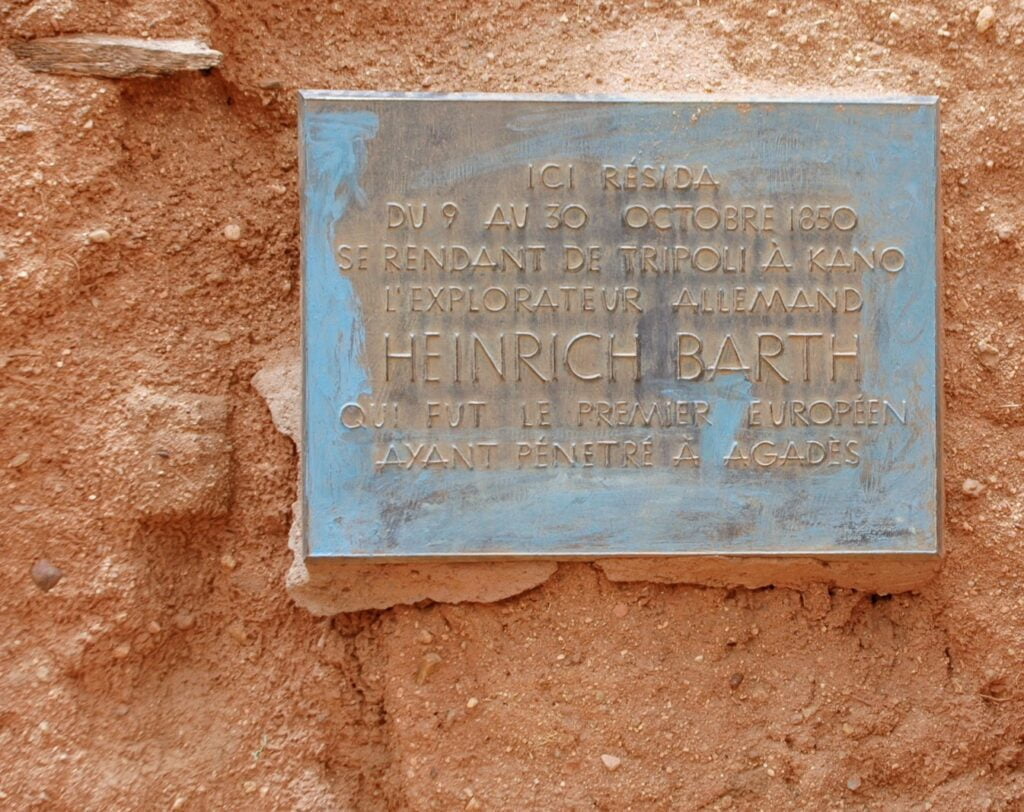
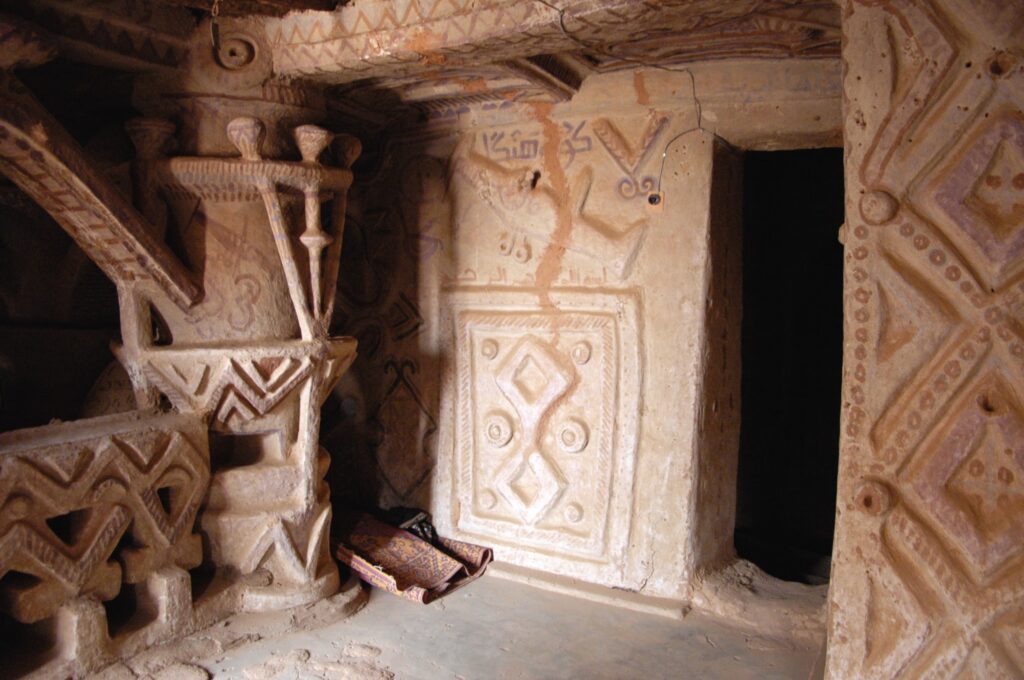
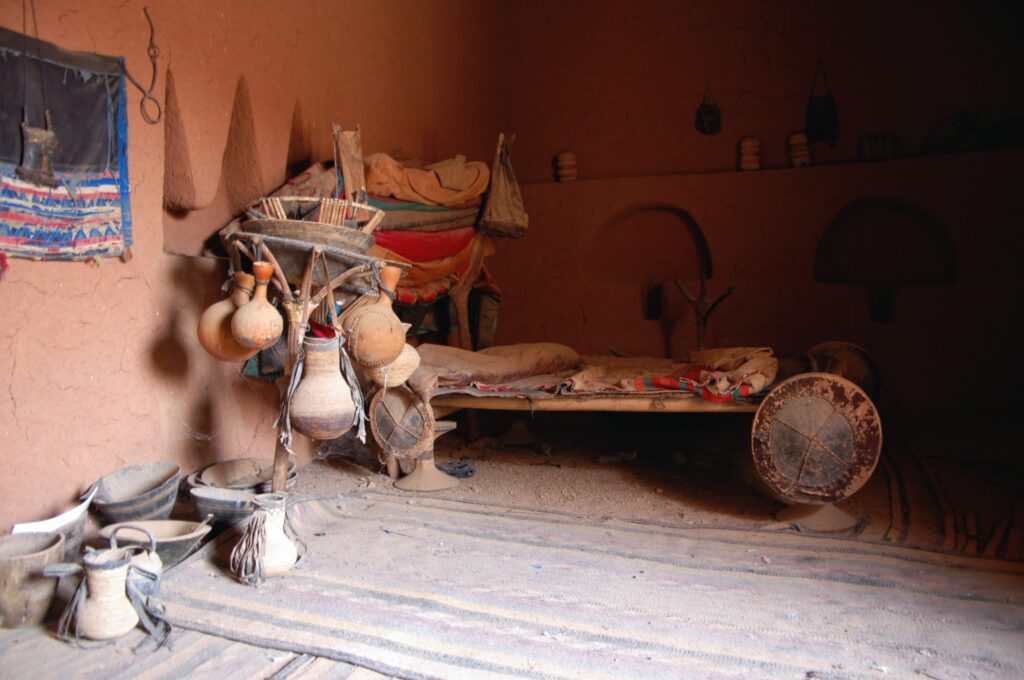
Where to stay in Agadez? The Auberge d’Azel offers beautiful air-conditioned rooms with ocher clay vaults for €61/night for a double room. The setting is nice, and the garden is flowery.
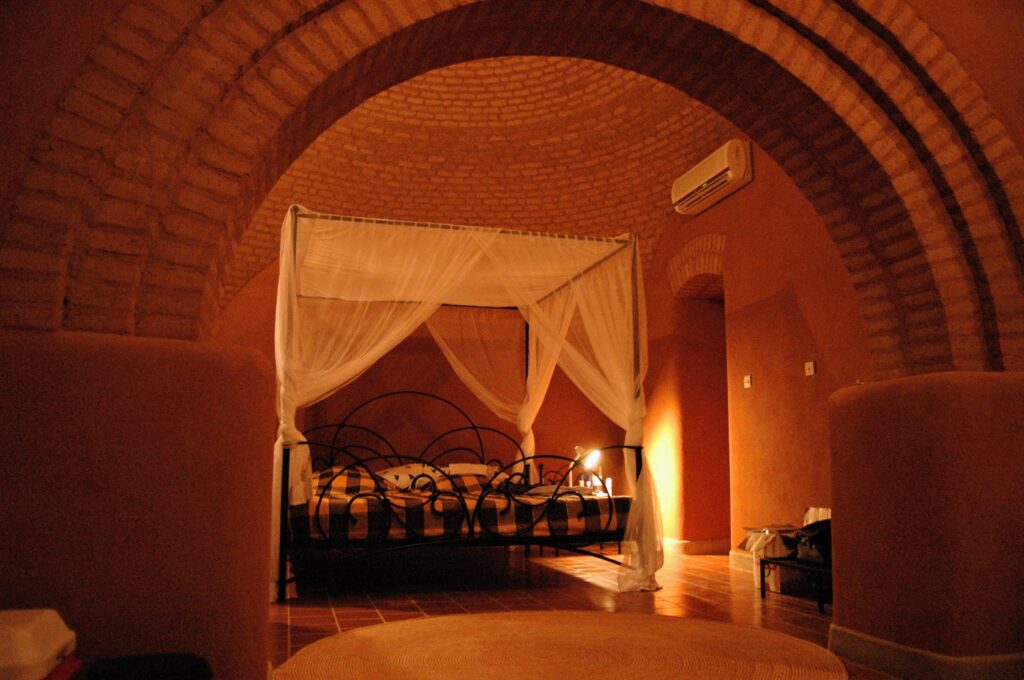

The atmosphere becomes surreal with a sandstorm surging in the middle of the day …
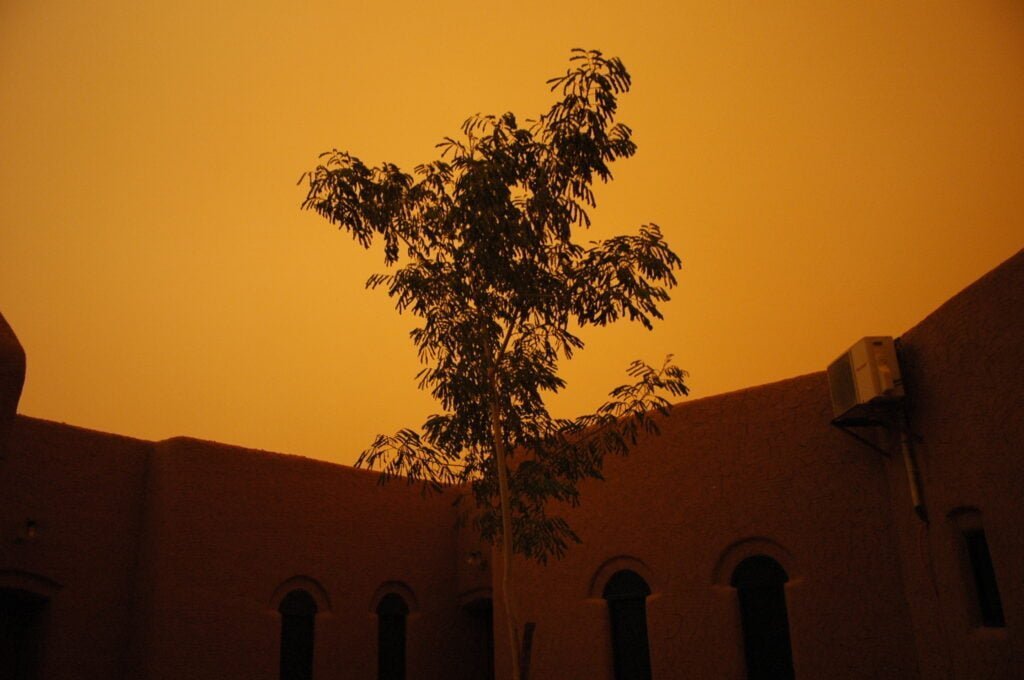
The Aïr Massif, land of the Tuaregs
Located on the border of the Sahara desert, the Aïr massif is the homeland of the Tuaregs, also known as the “blue men”. They identify themselves as “Kel Tamajeq” (speakers of the Tamajeq language), “imouzagh” (meaning “free men”), or “Kel Tagelmust” (referring to the cheche headwear worn by men).
The Tuareg people are divided into various confederations and tribes and are mostly nomadic pastoralists, relying on their goats and camels for milk, meat, and skins. However, some have settled due to acculturation and economic and political marginalization, which led to conflict in the 1990s. Unfortunately, the Tuareg rebellion of 2007-2009 had a negative impact on the tourism industry in the region.
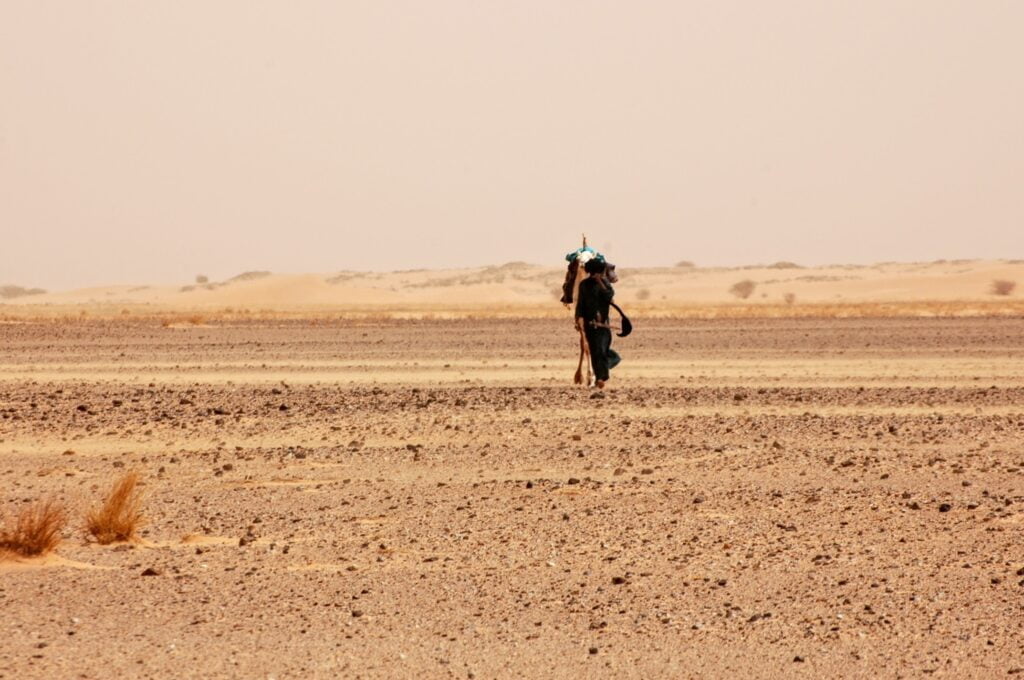
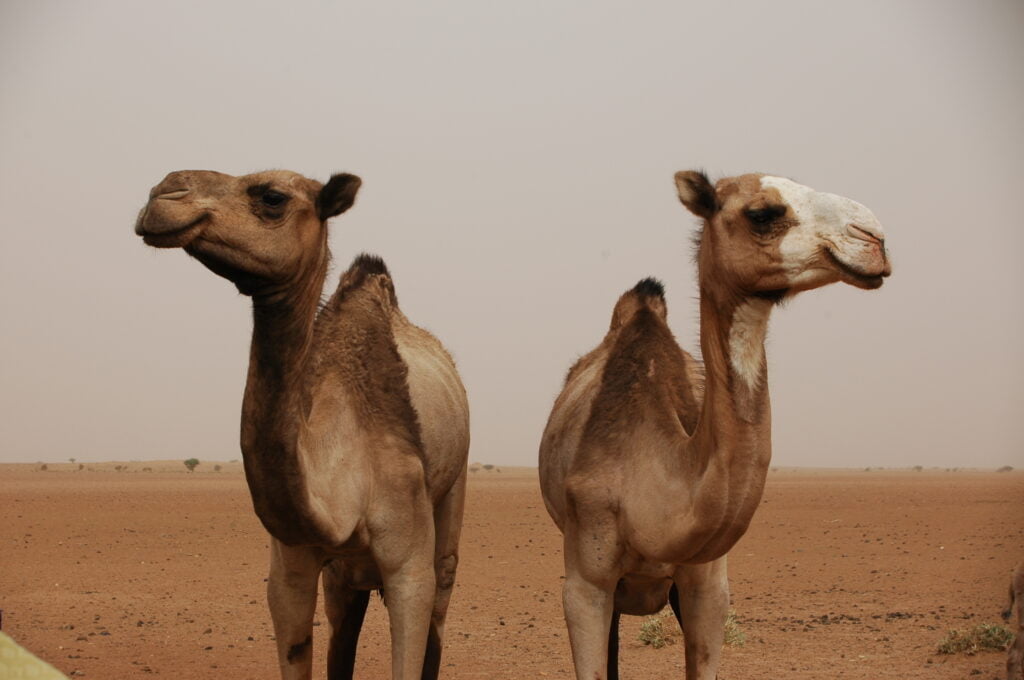
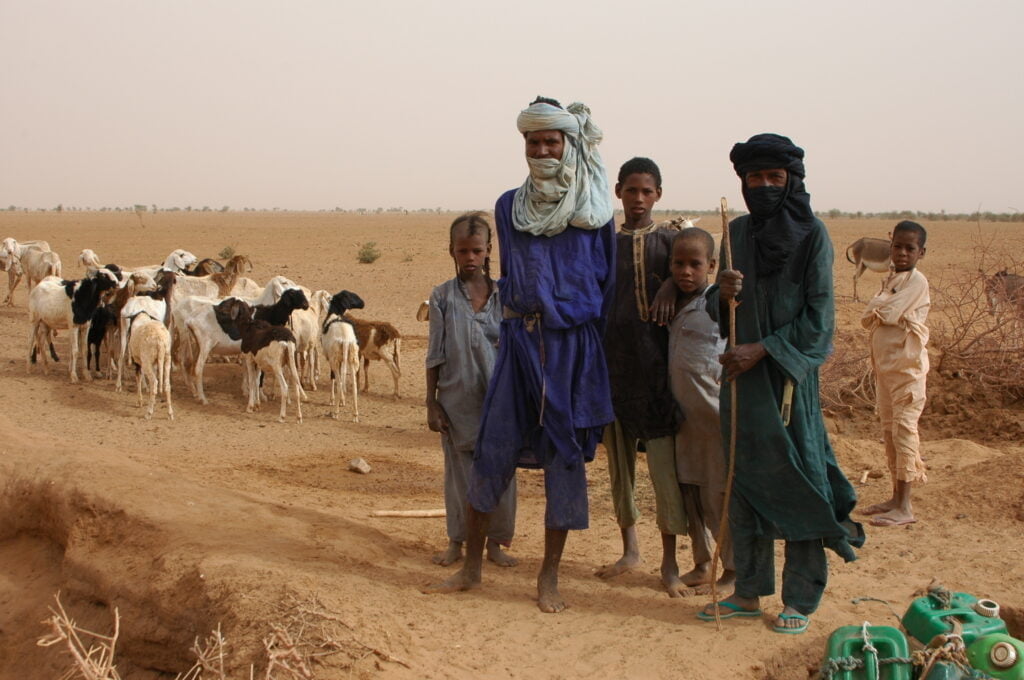
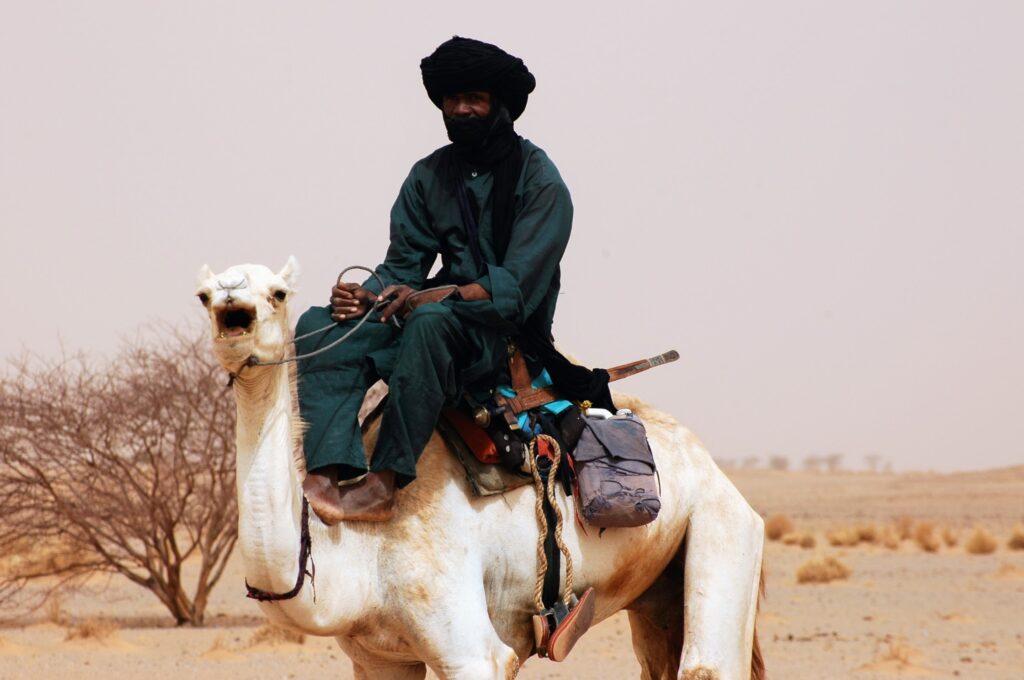
The Aïr massif is a vast plateau of dry plains, with isolated granite summits, extending 400 kilometers long and 250 kilometers wide.
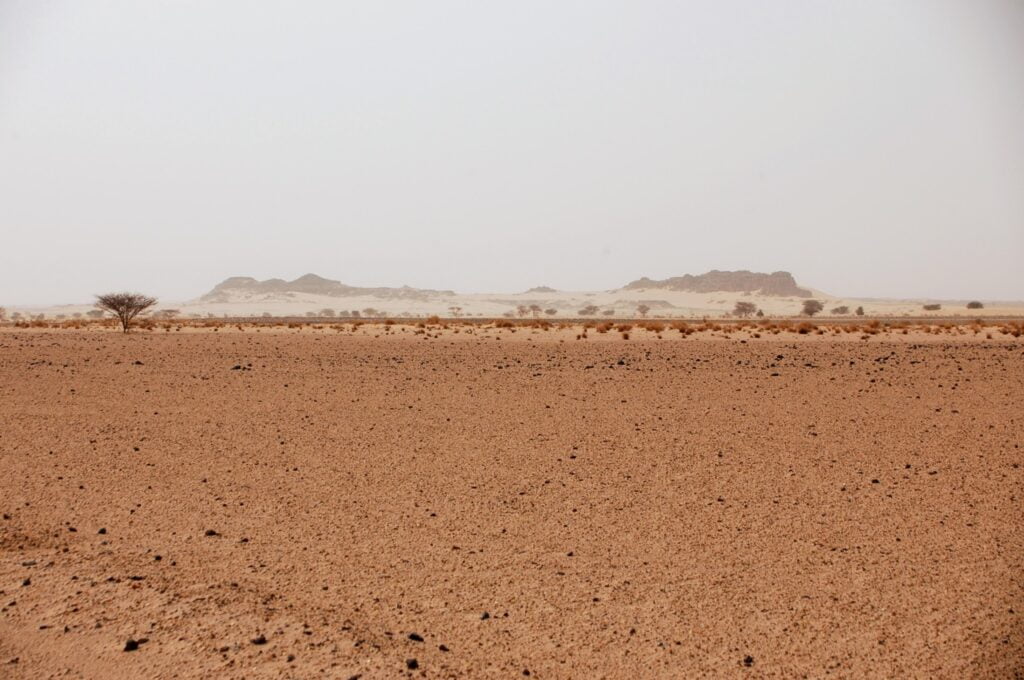
It was classified as a UNESCO World Heritage Site in 1991, named “Aïr and Ténéré natural reserve,” and is the largest protected area in Africa, covering 24 million hectares. This Sahelian-type area boasts diverse fauna and flora, with volcanic mountains, koris, and green oases.
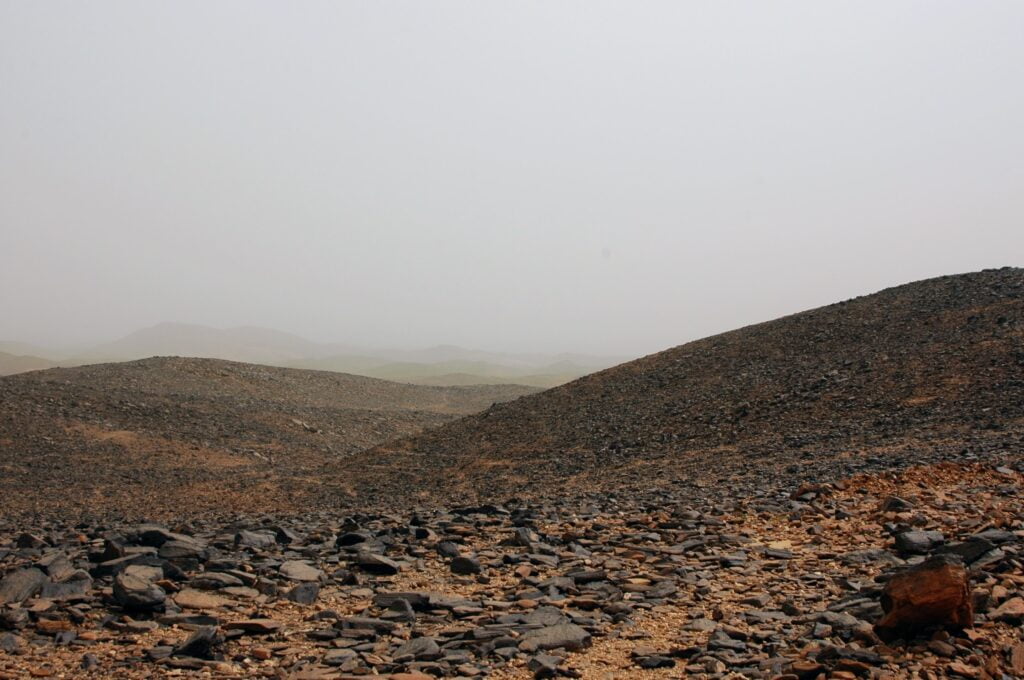
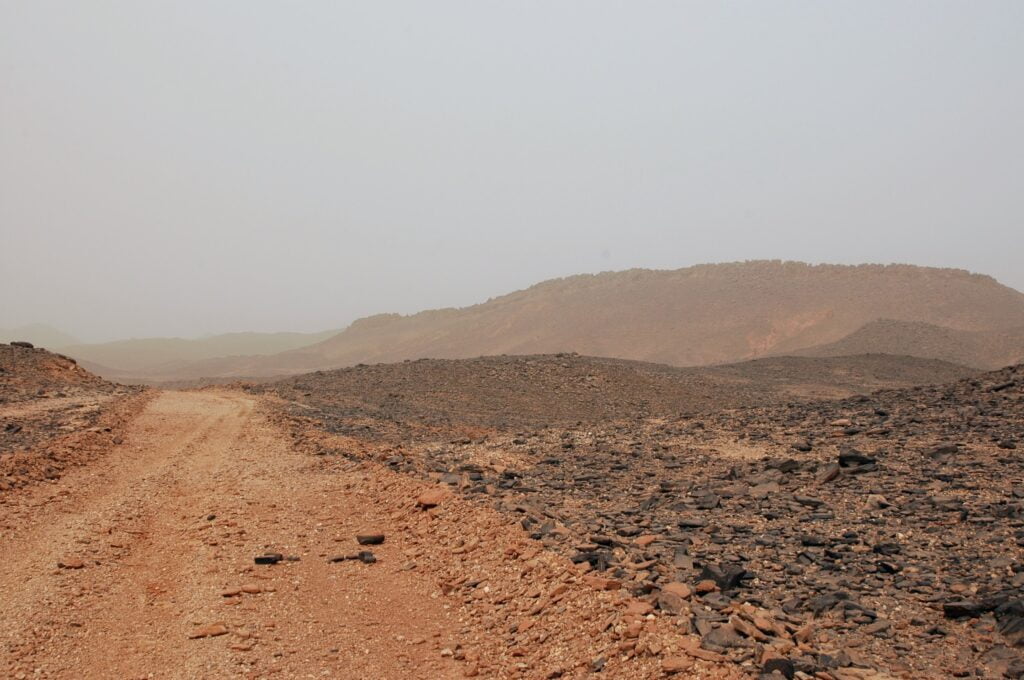
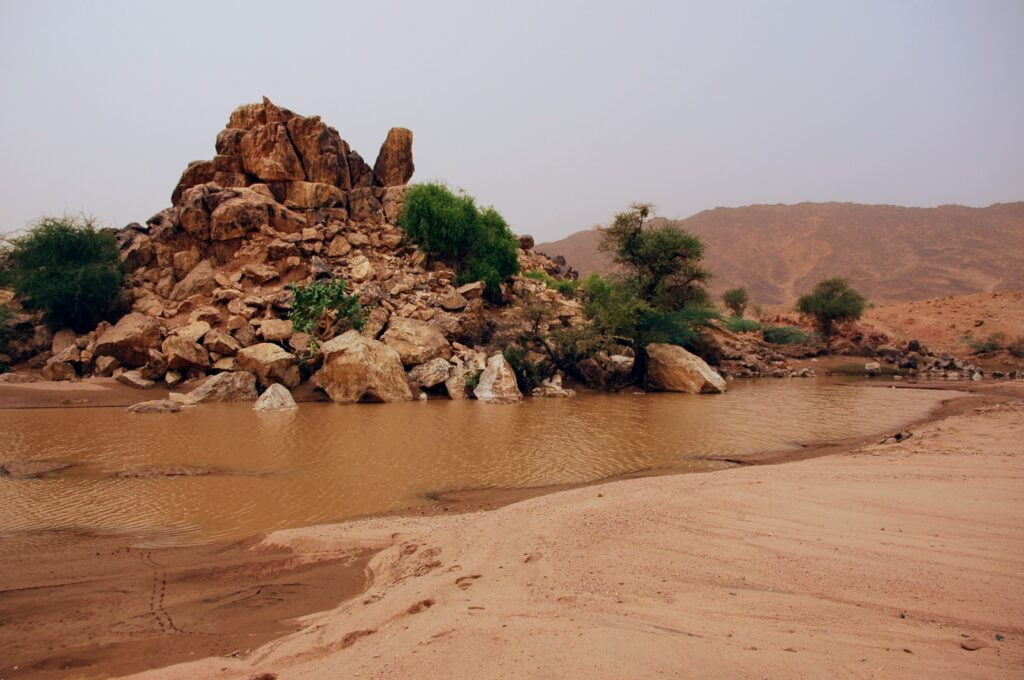
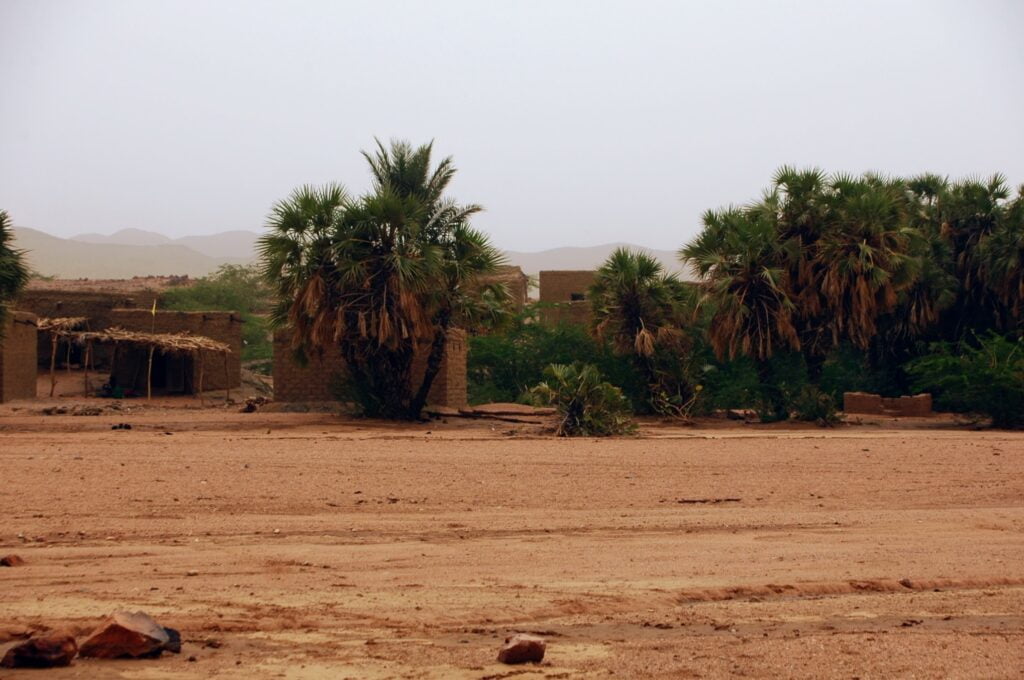

We are sitting in the shade of palm trees, munching on dates and observing a woman who is weaving mats and baskets. She is dressed in black, which is a sign that she is married. The Tuareg people who live here have settled down and built structures out of dead wood frames and mats to protect themselves against the harsh desert winds.
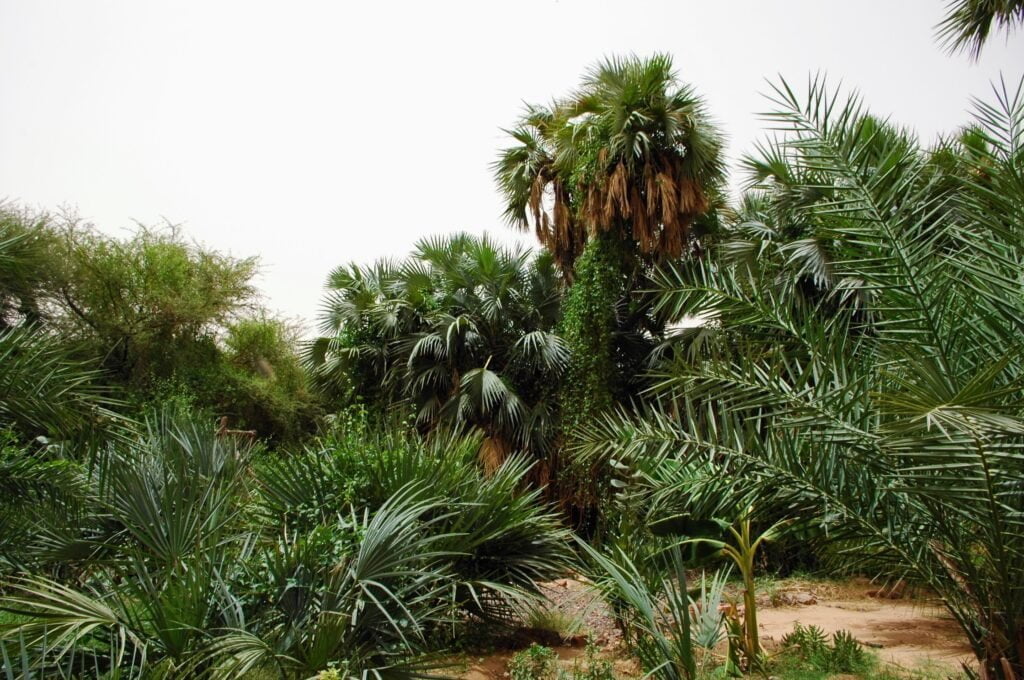
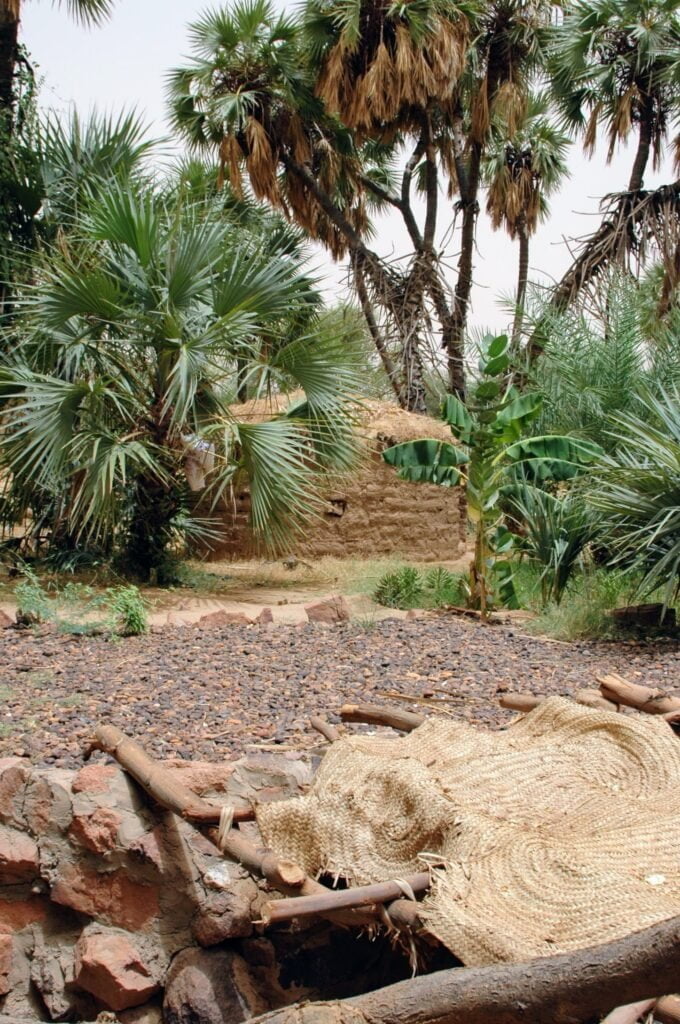
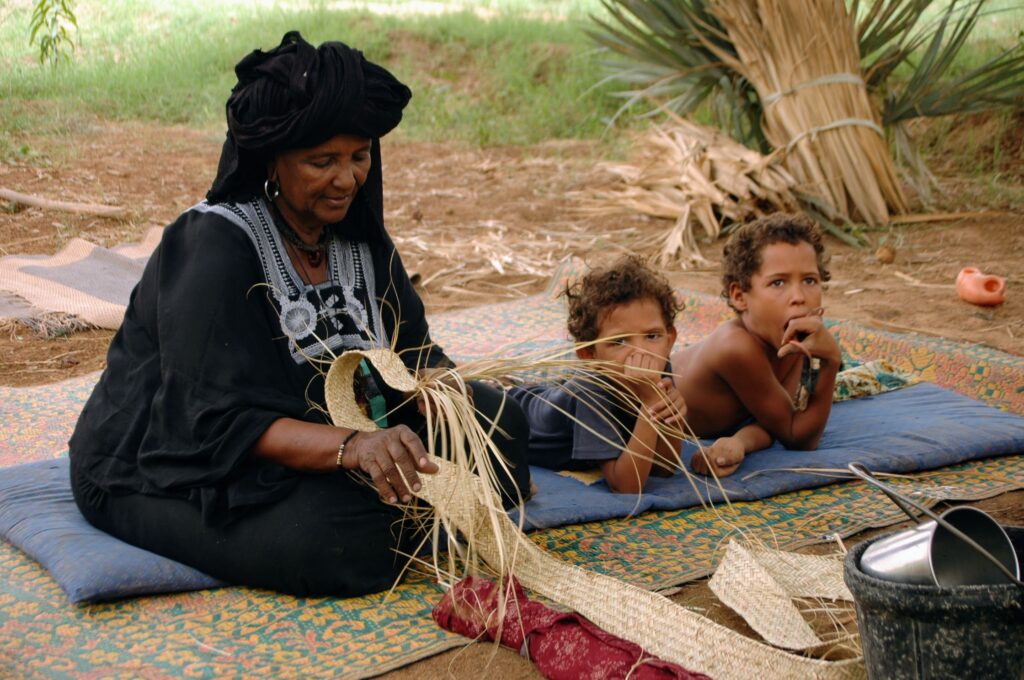
The Aïr massif is also home to magnificent dunes, particularly the 300-meter-high Temet dunes, which are among the most beautiful in the Sahara.
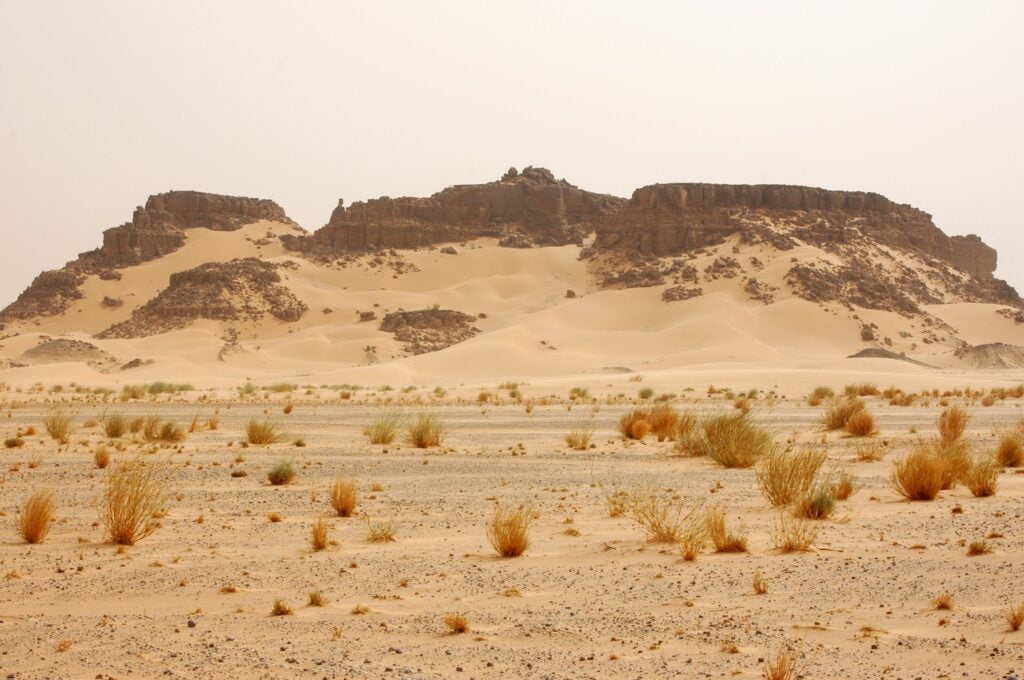
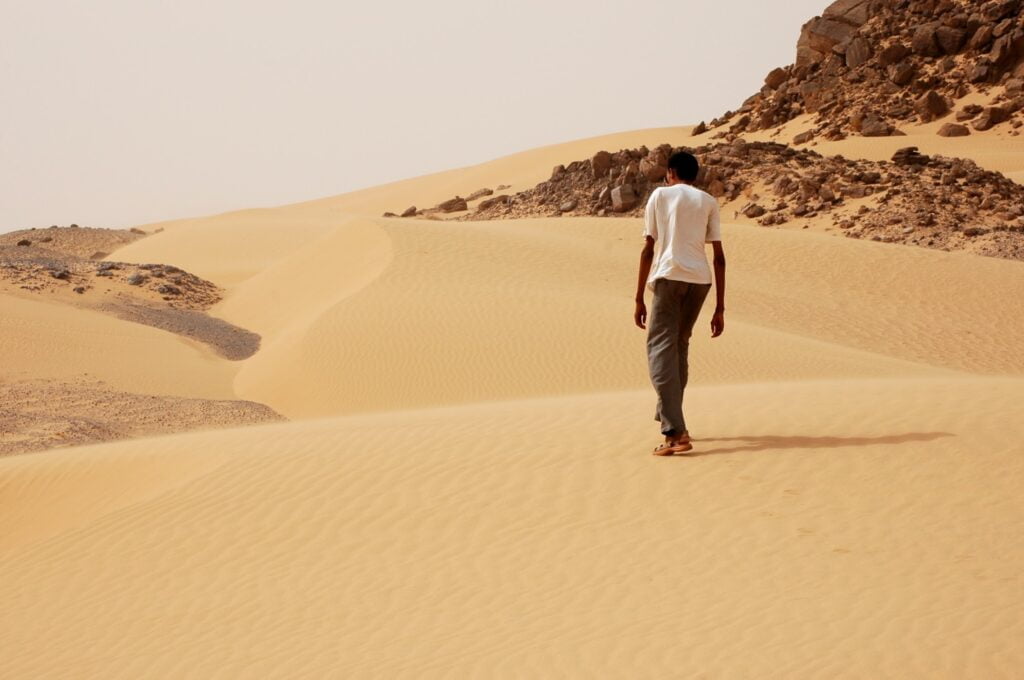
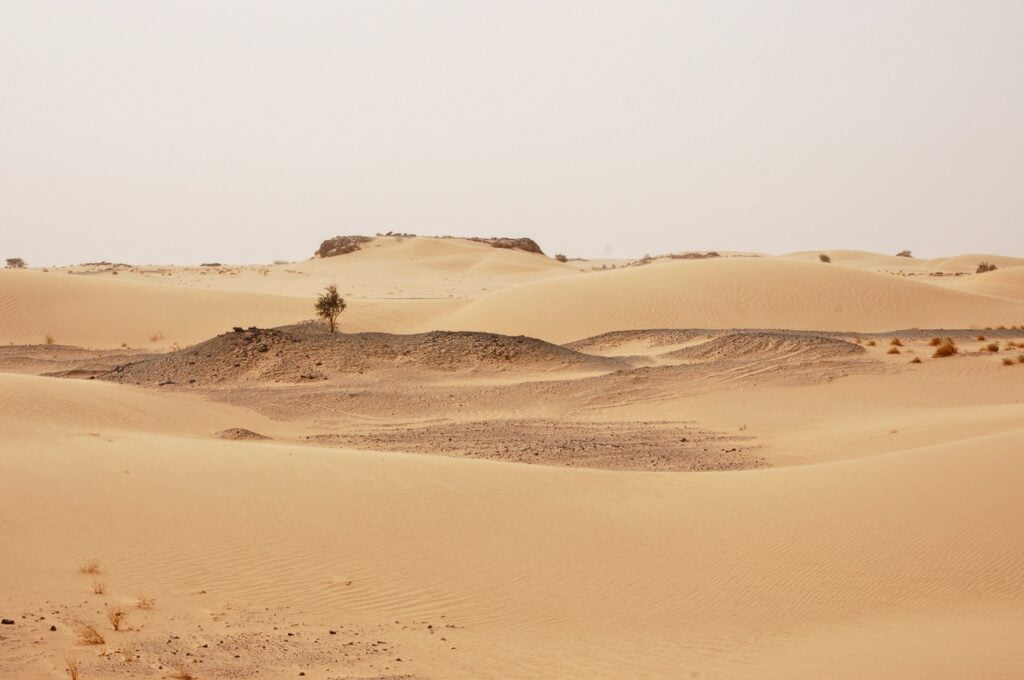
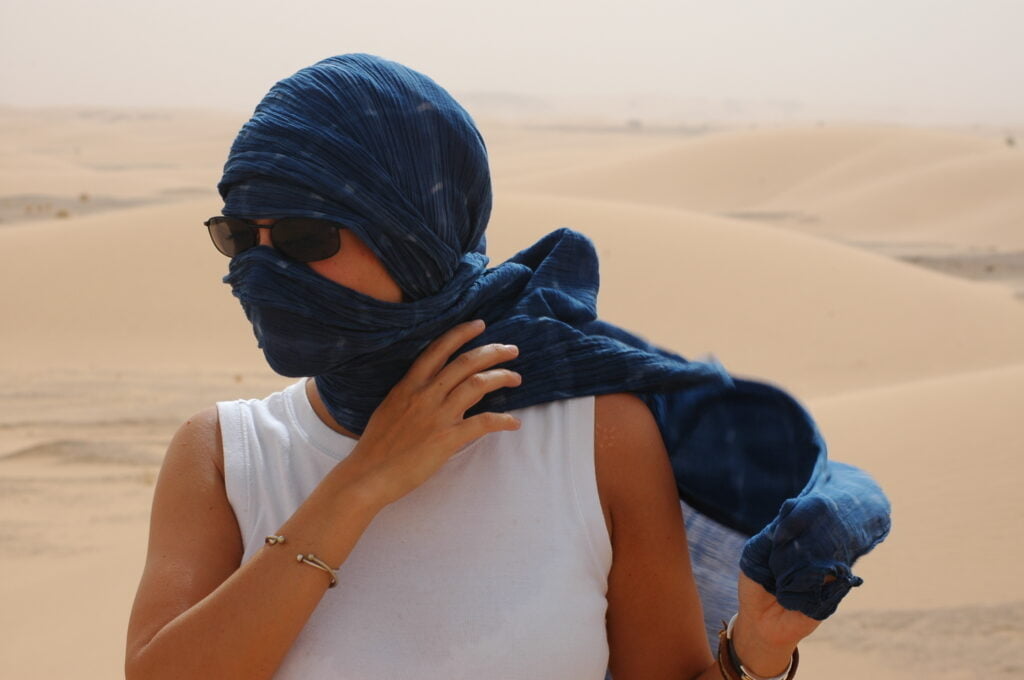
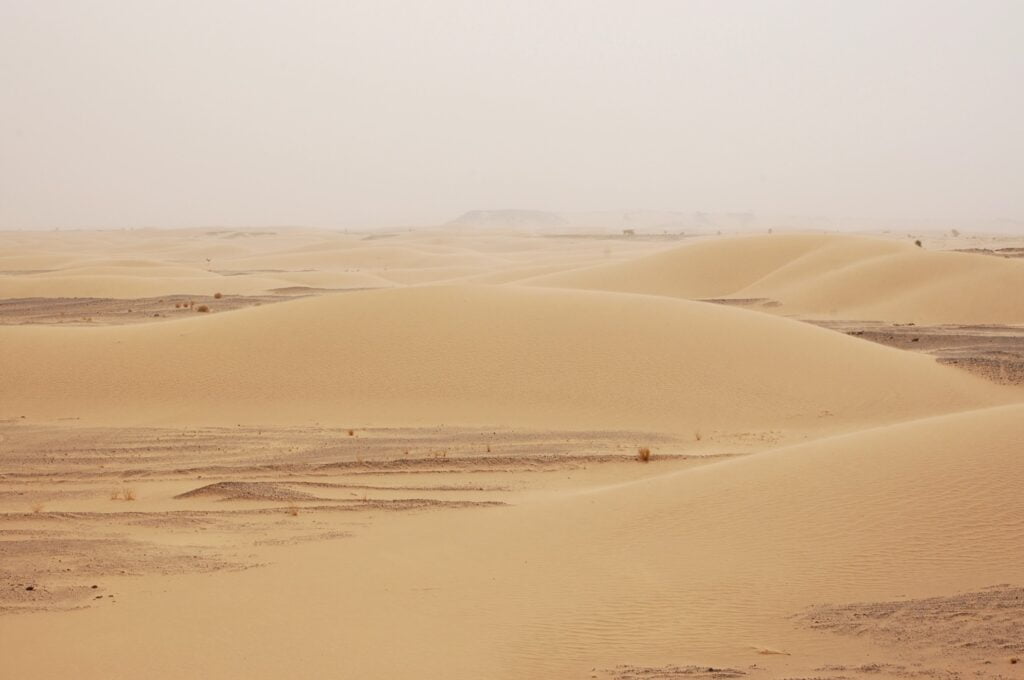
The desert landscape of Niger may not be a top African destination, but it captivates with its desolate beauty, surprises with its green oases, and delights with its spotted giraffes. It is concerning that this already insecure country, damaged by climate and insecurity, may disappear too quickly.
